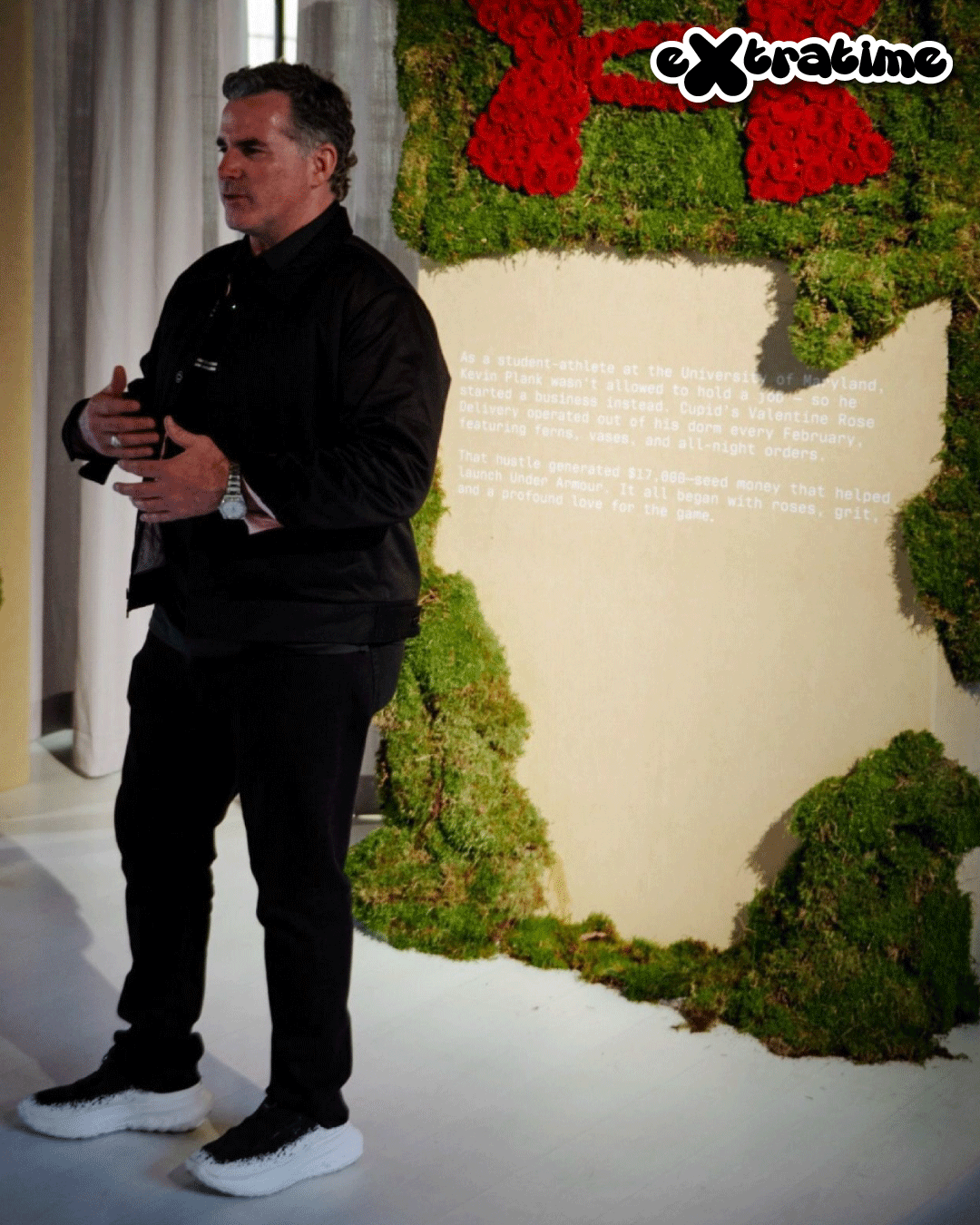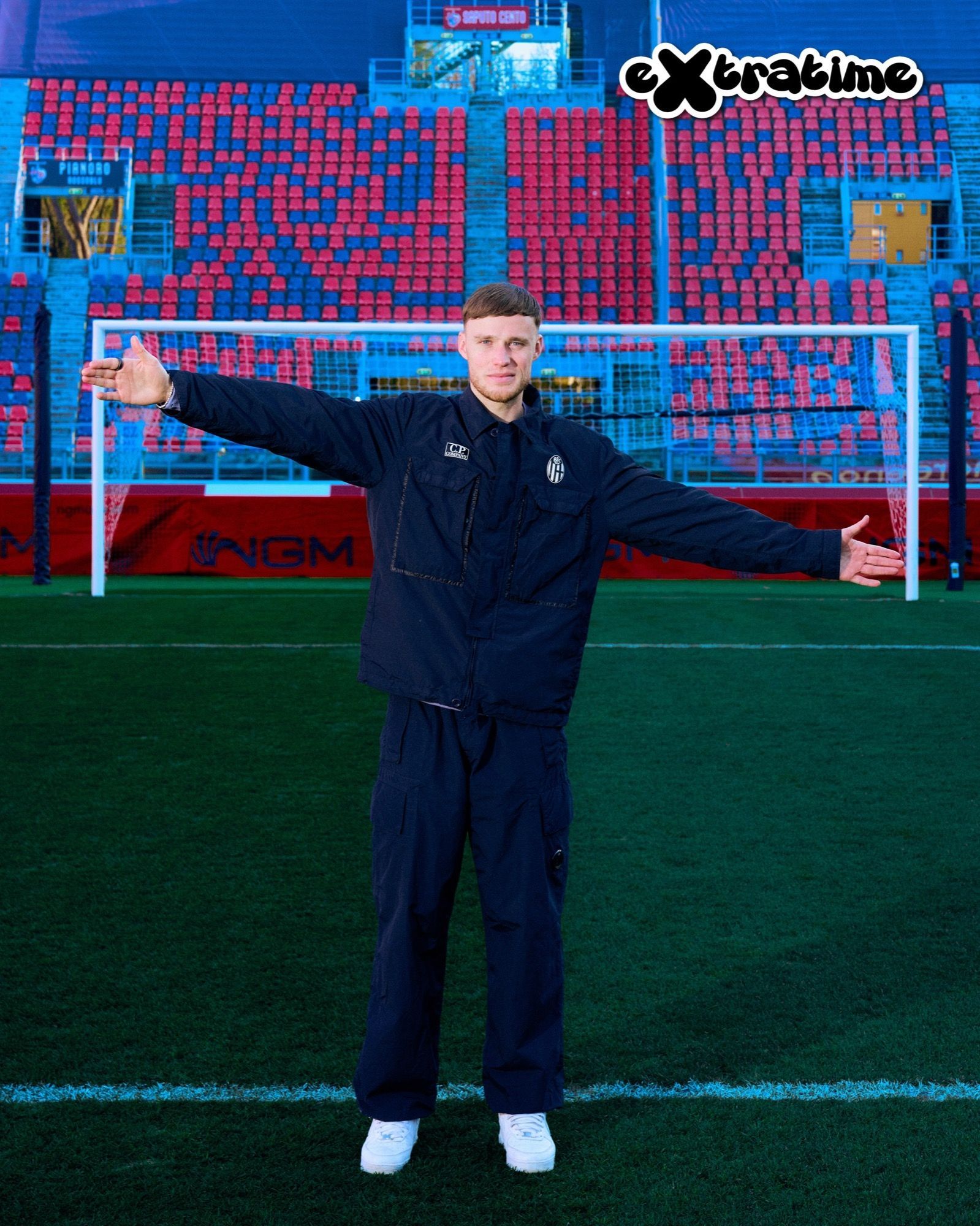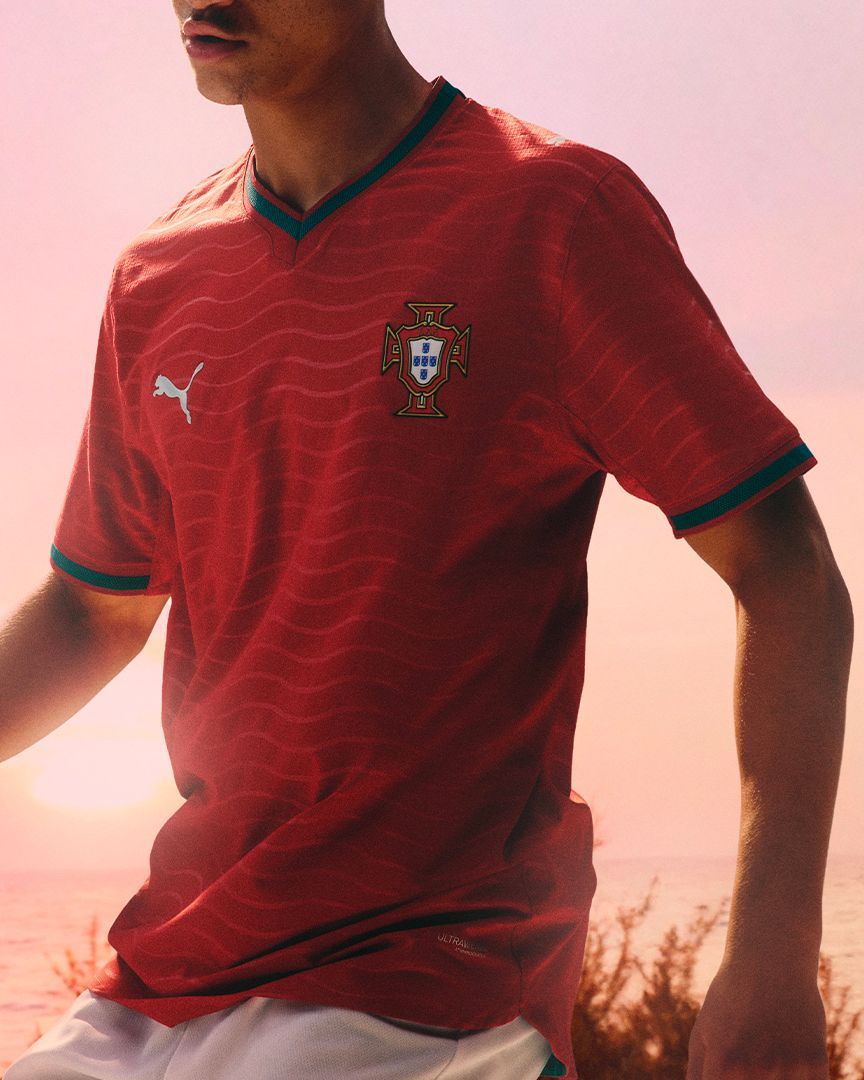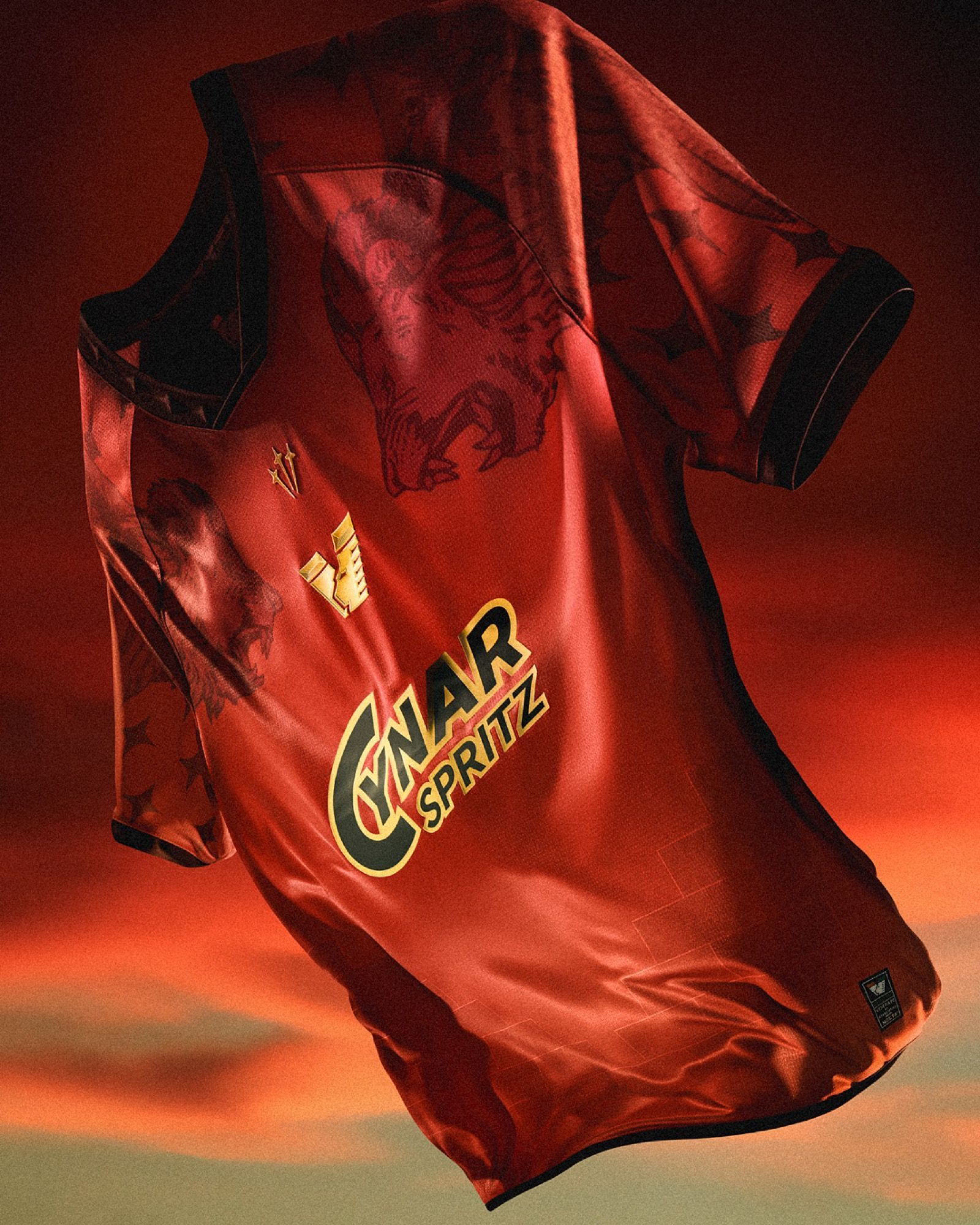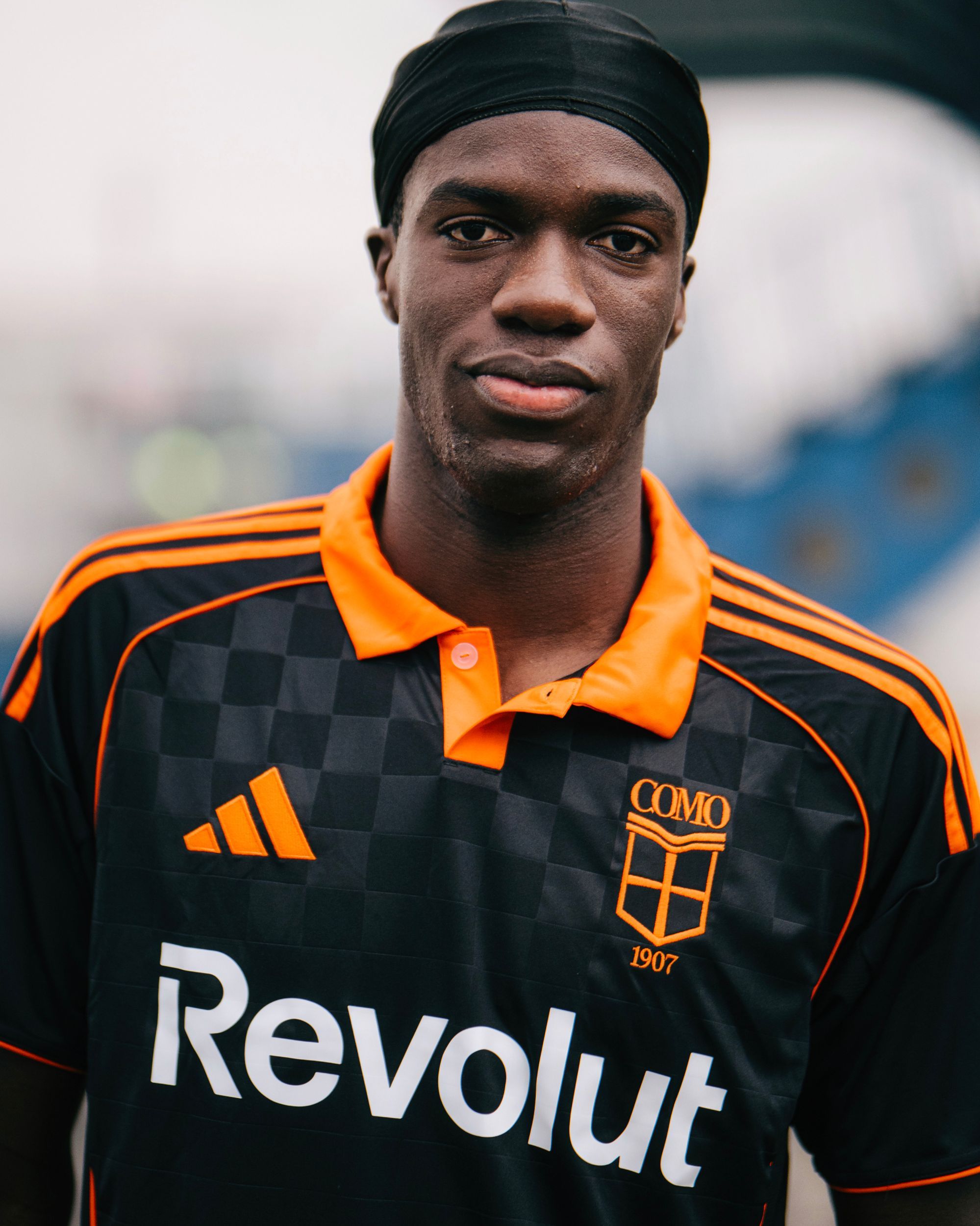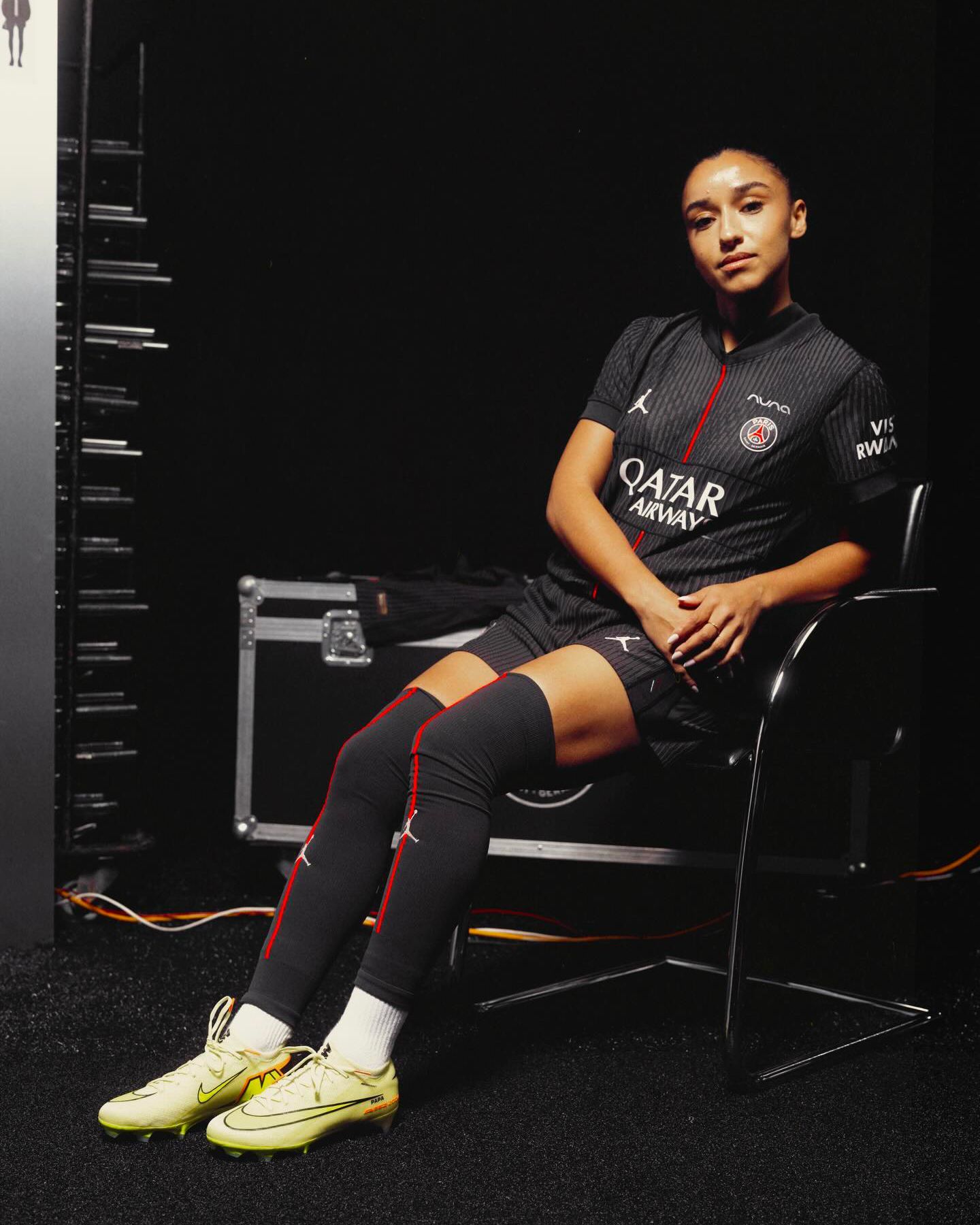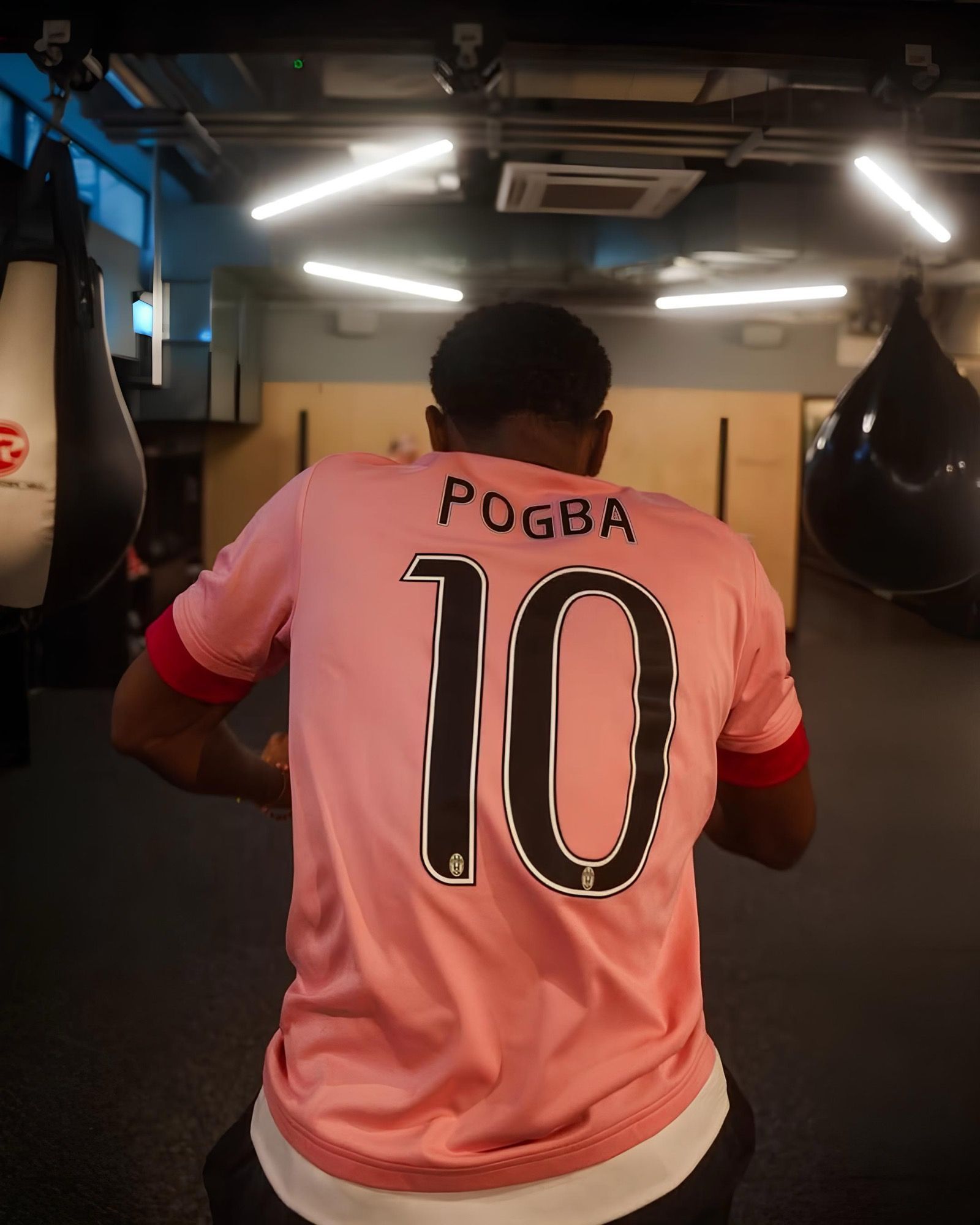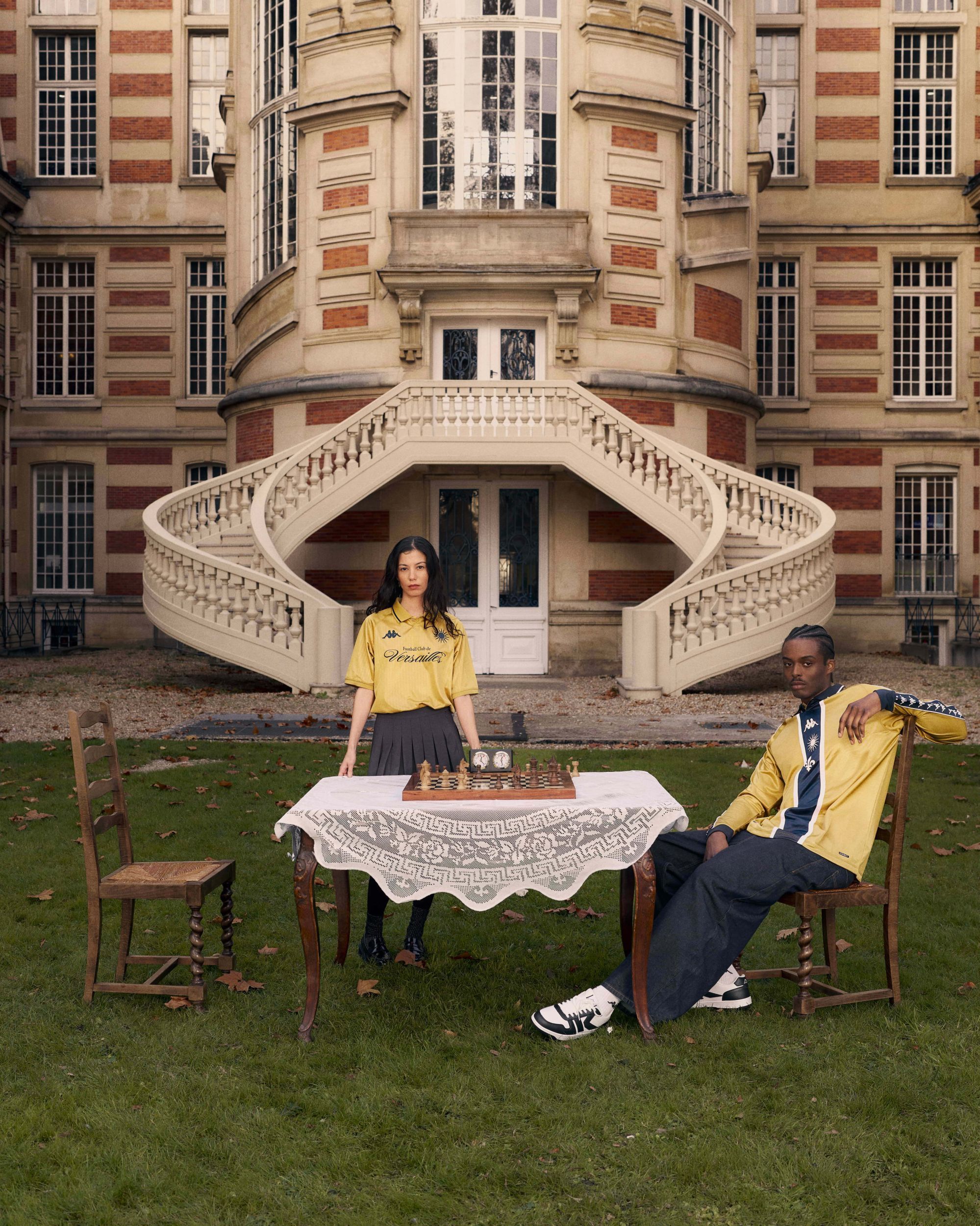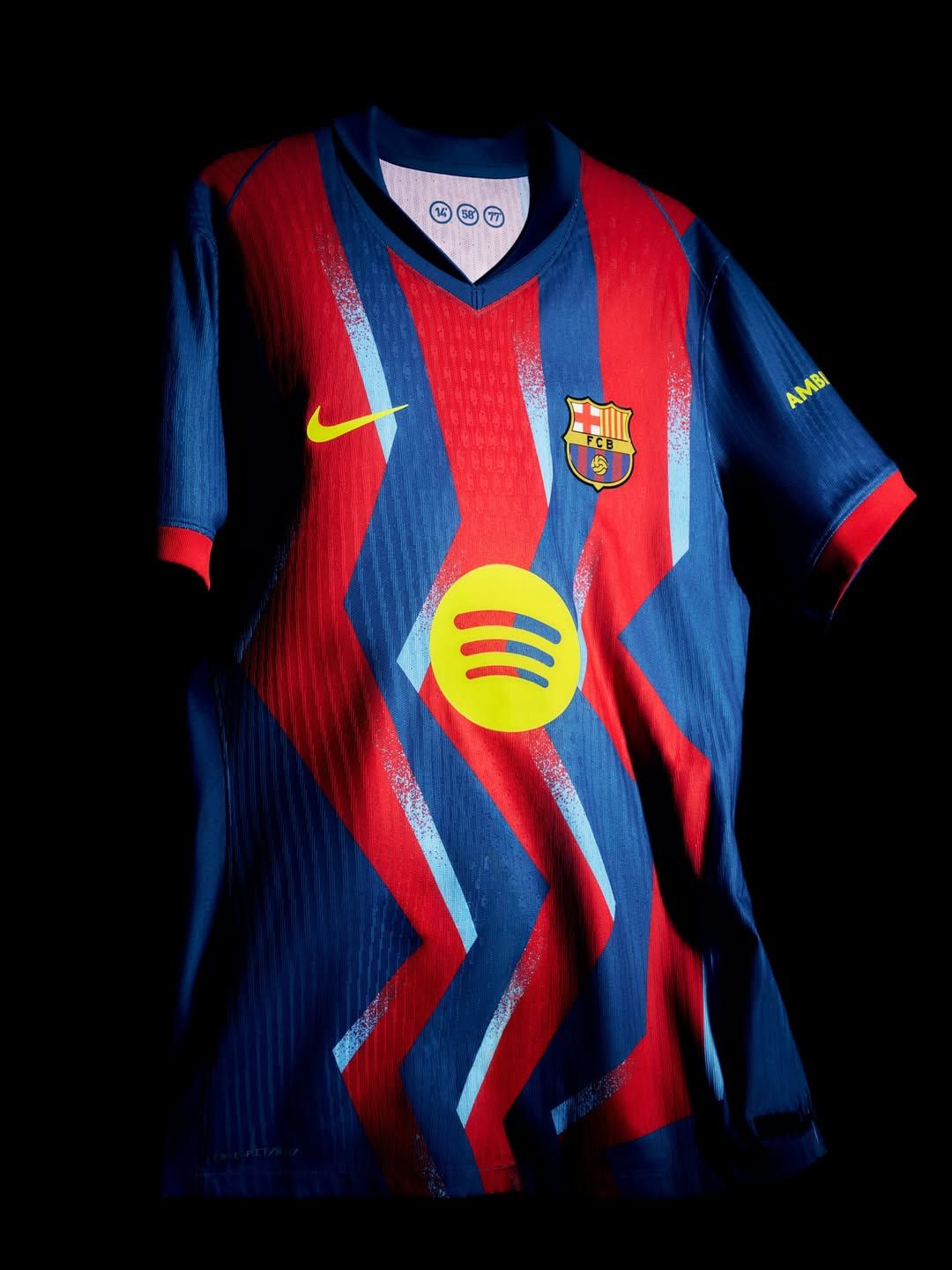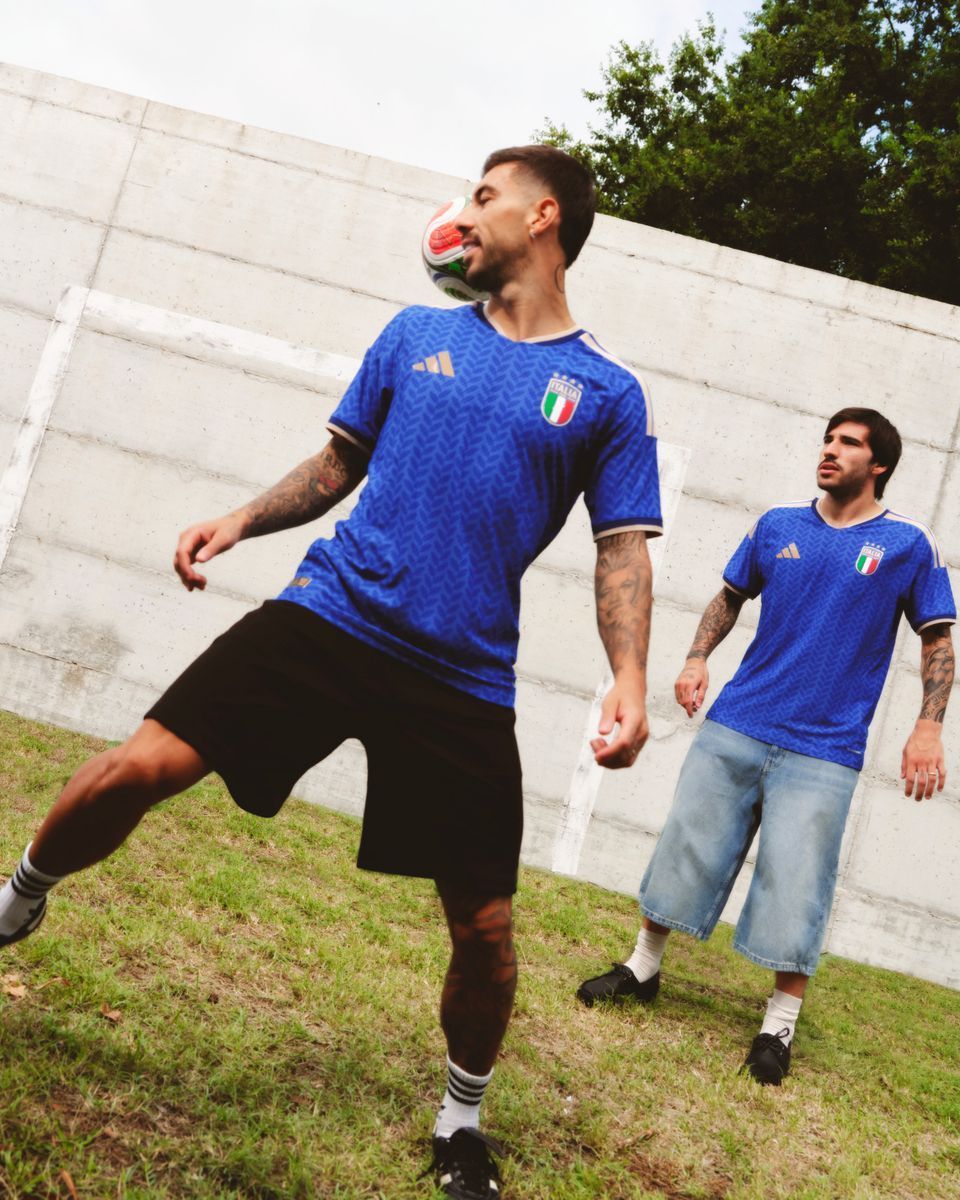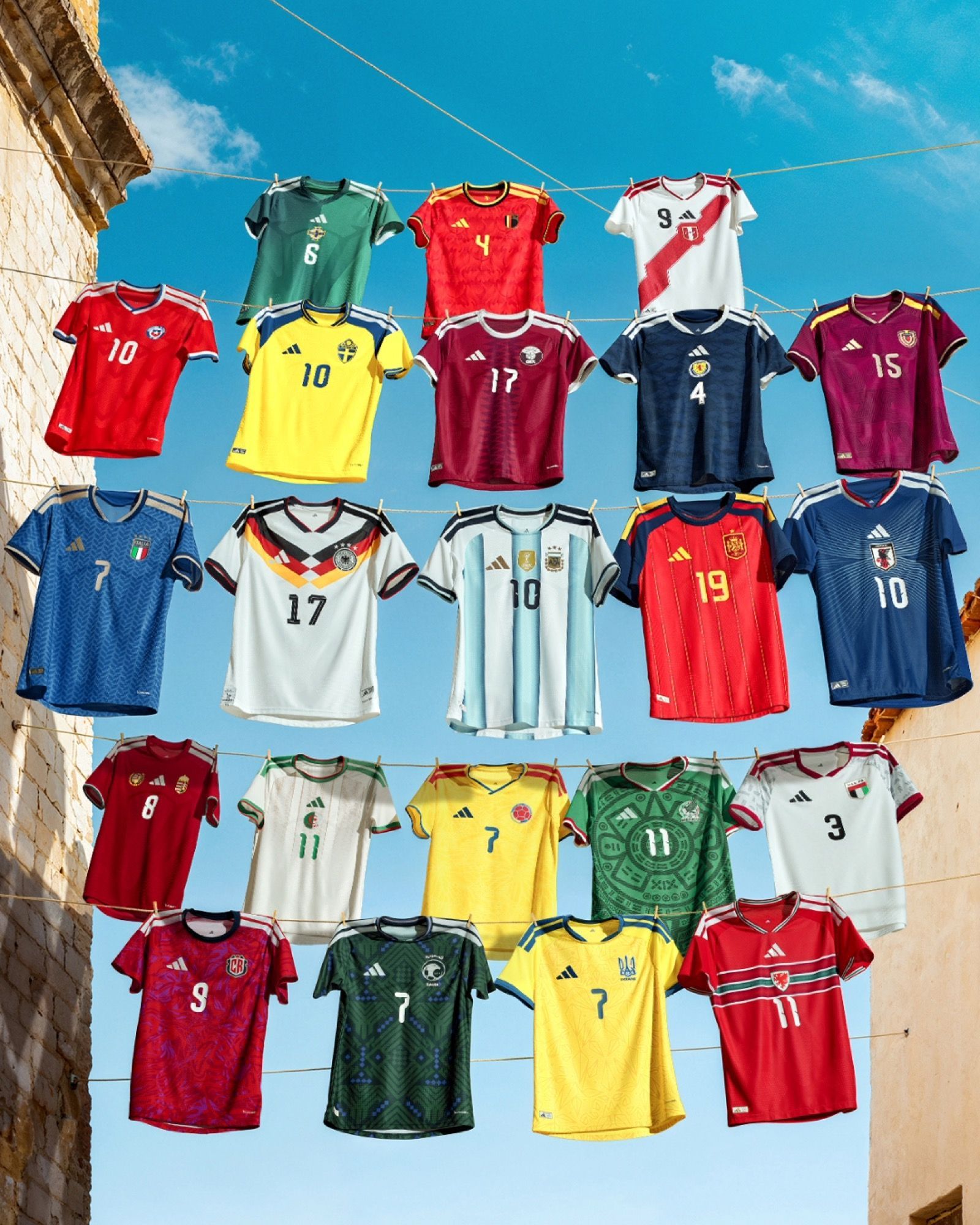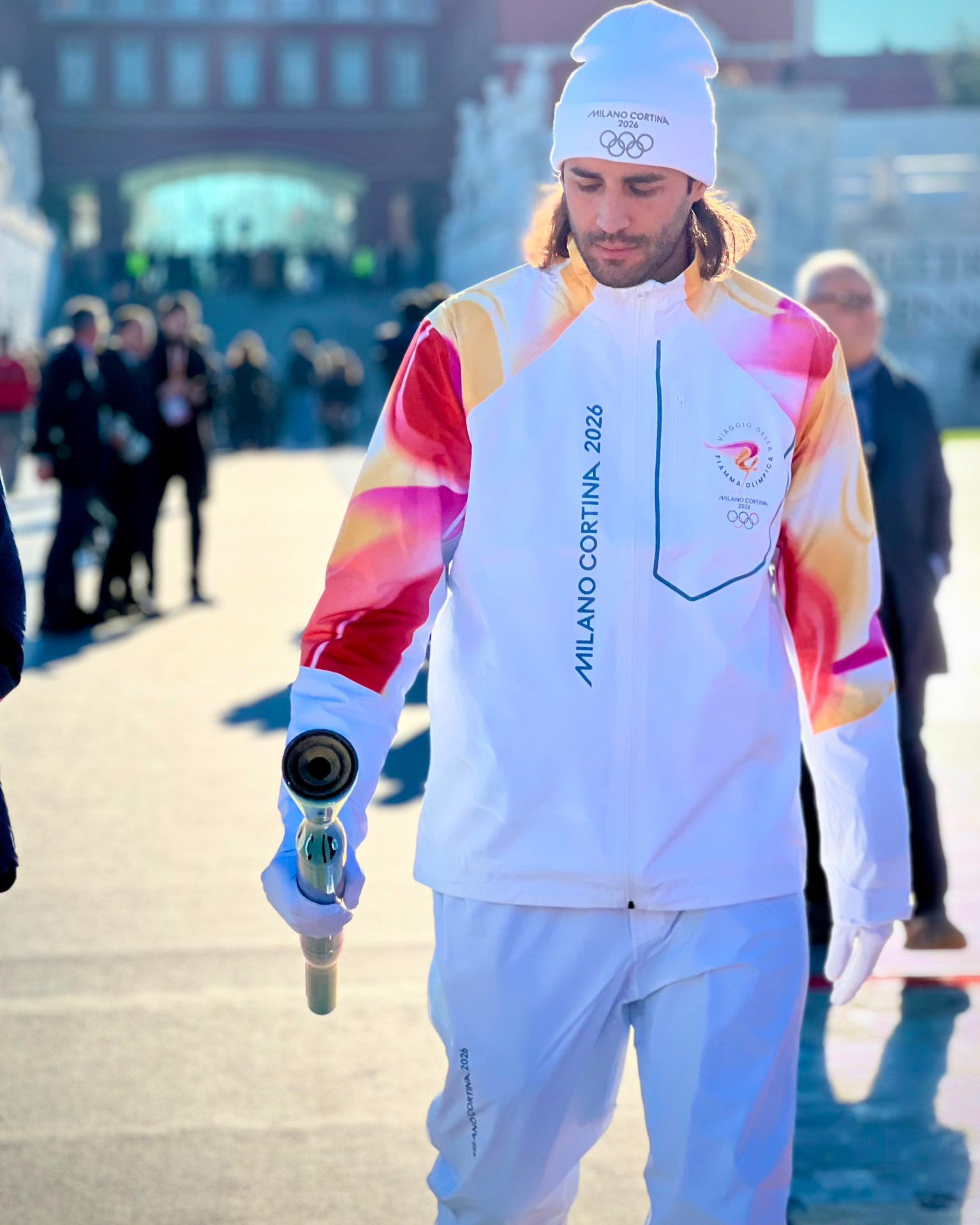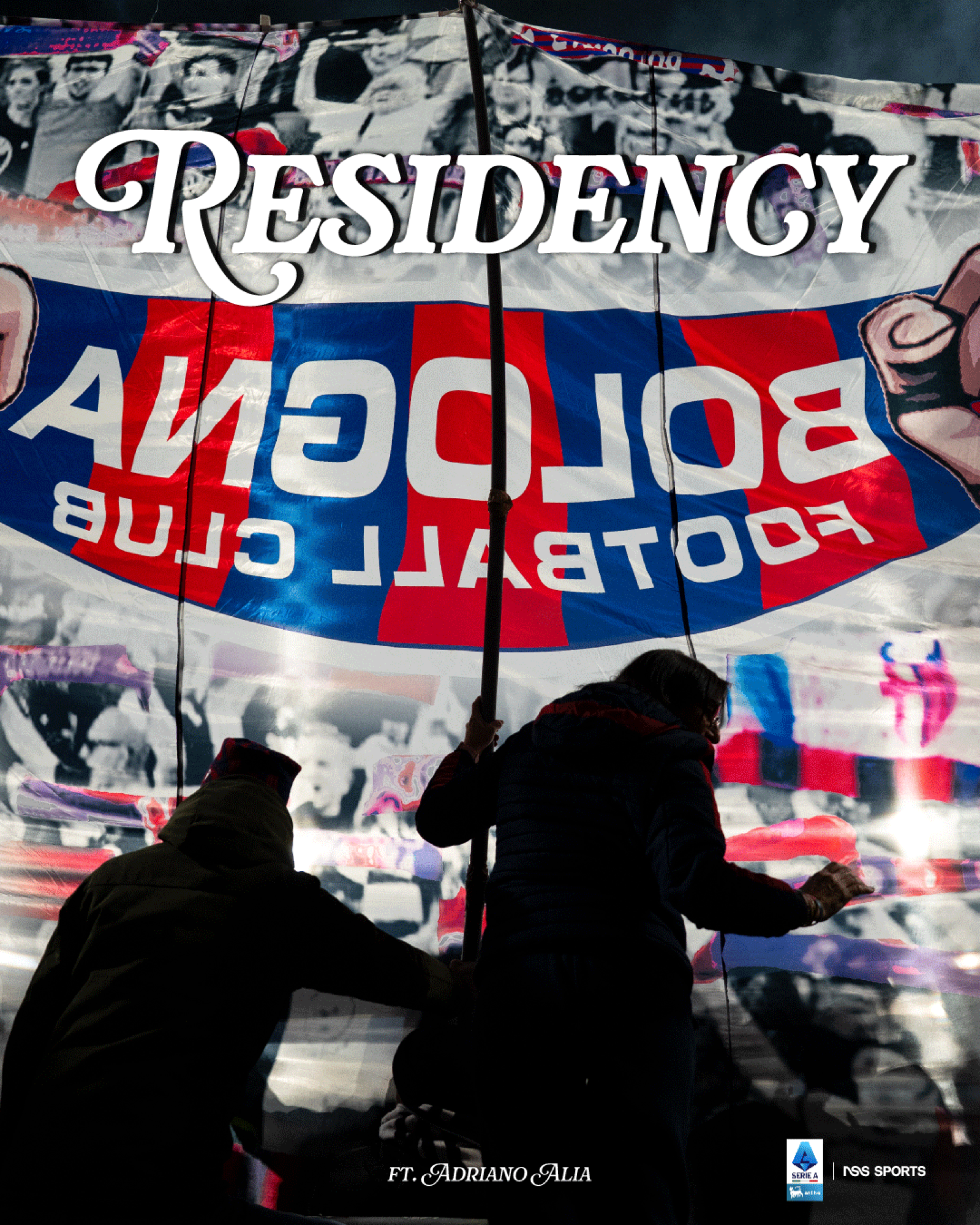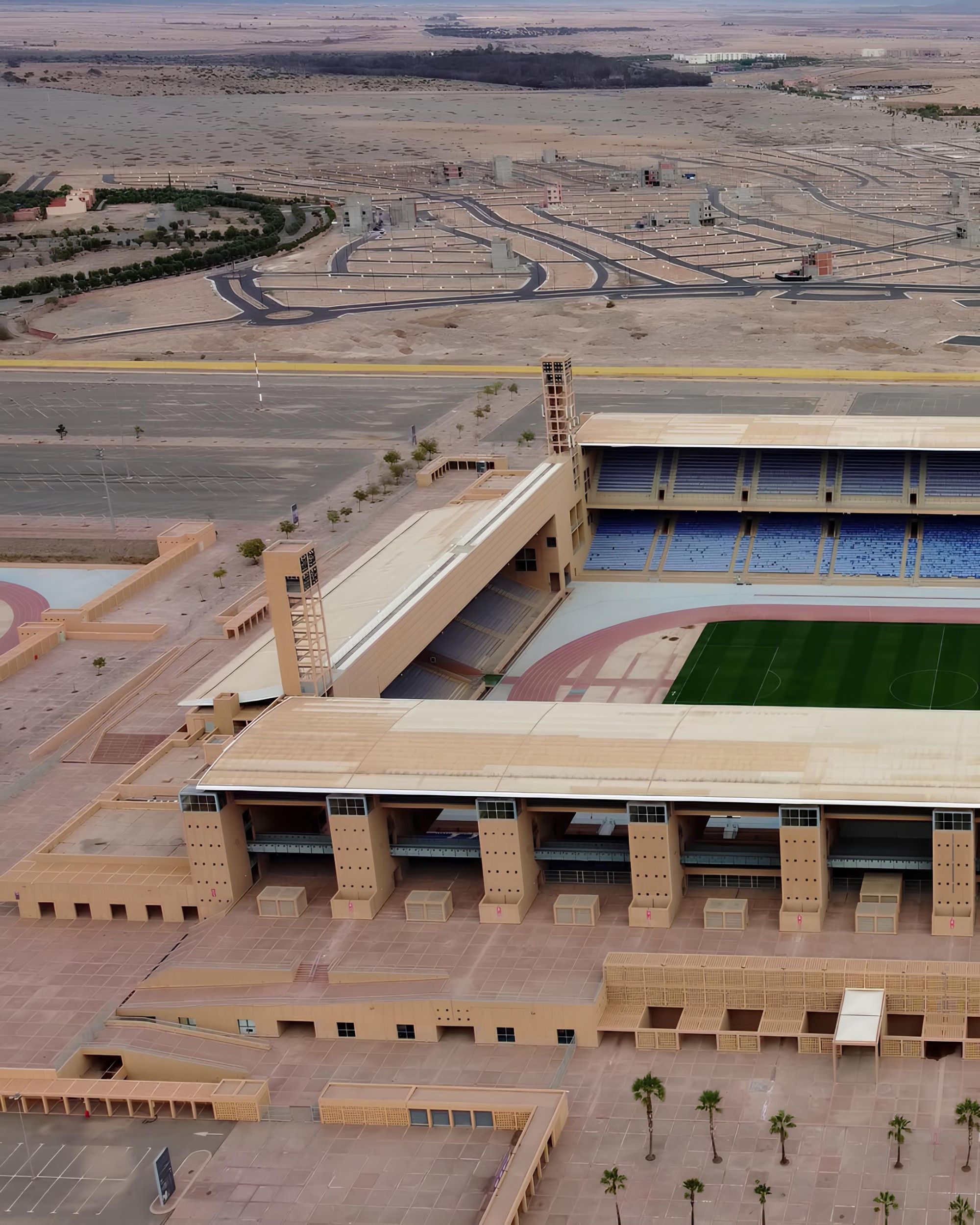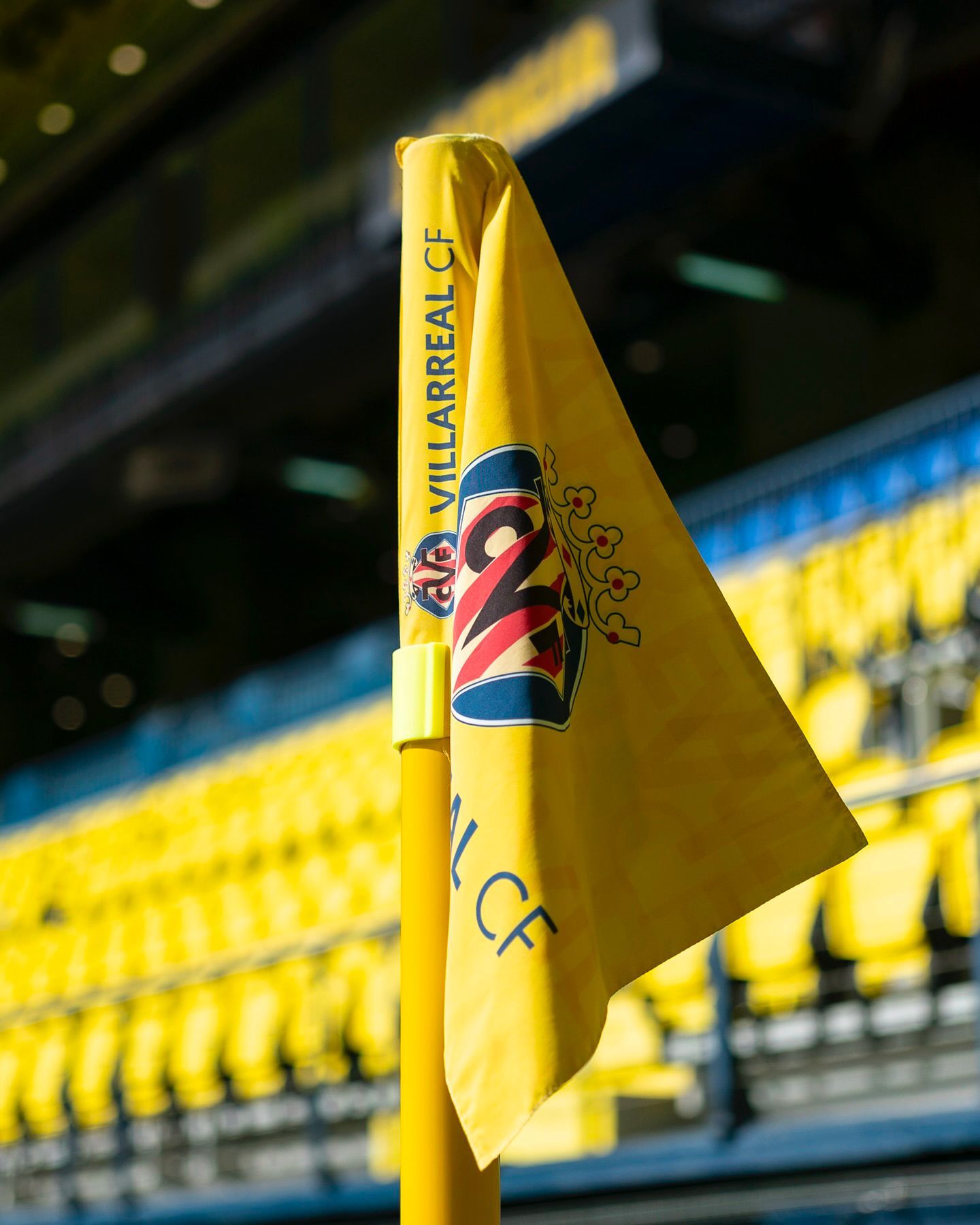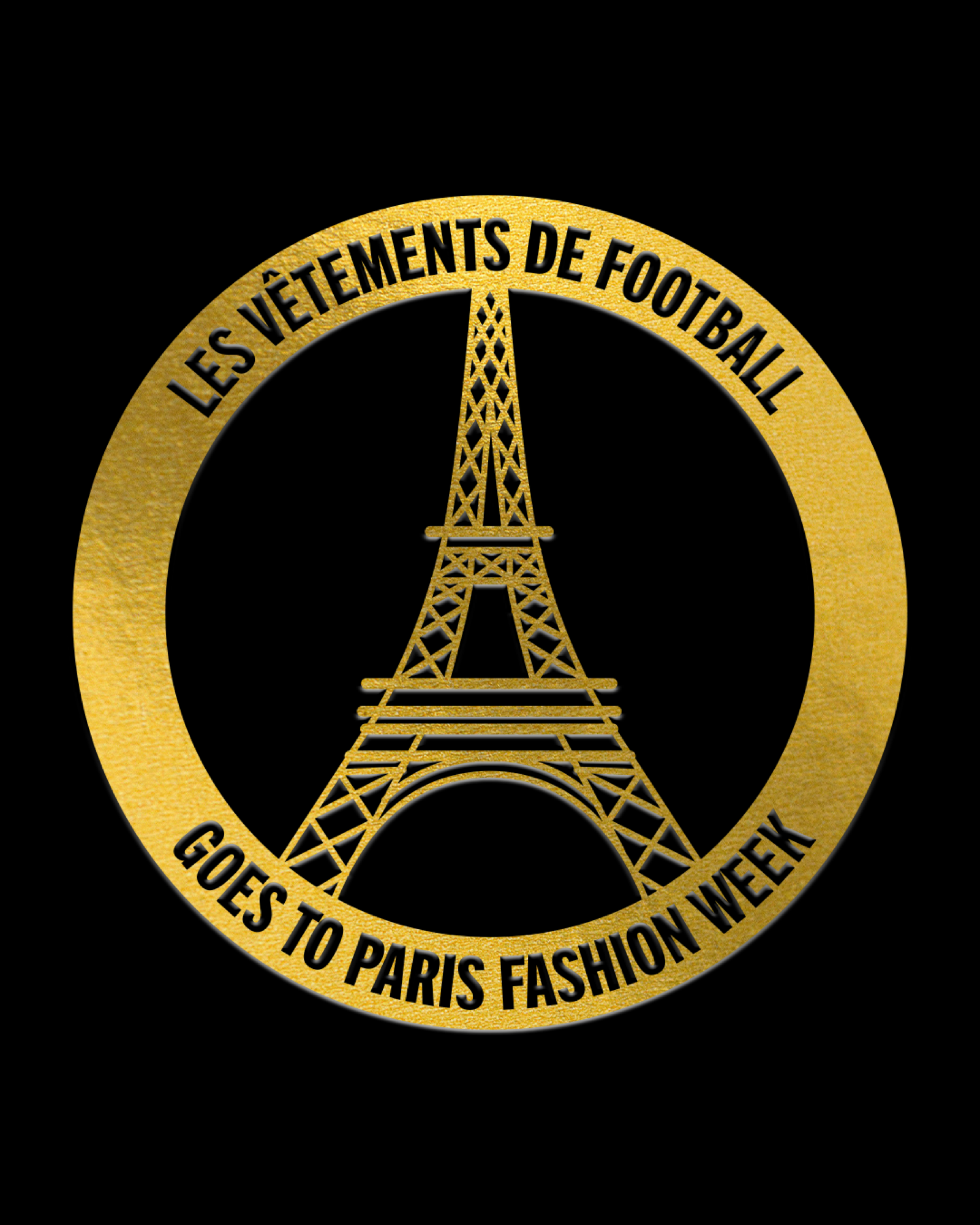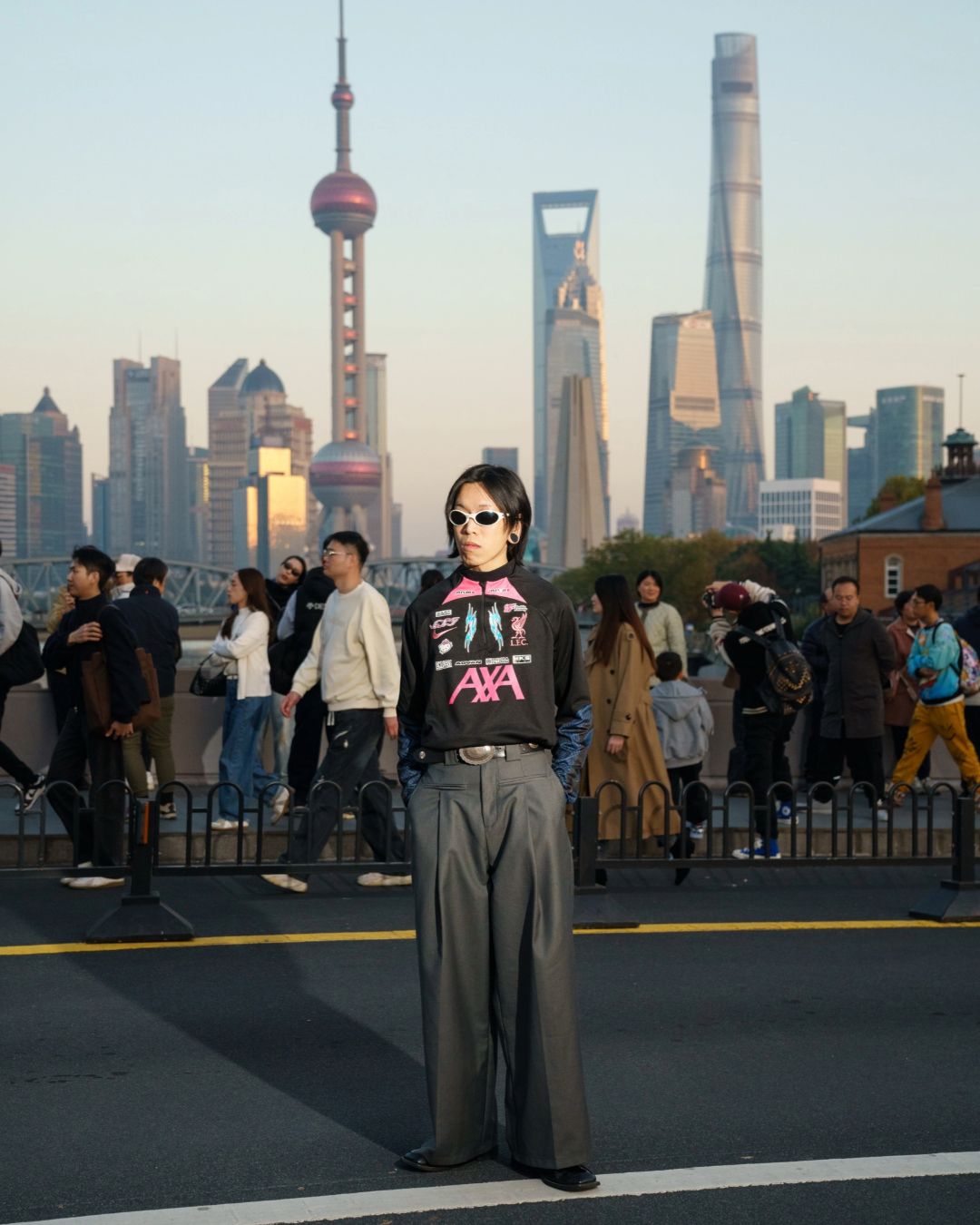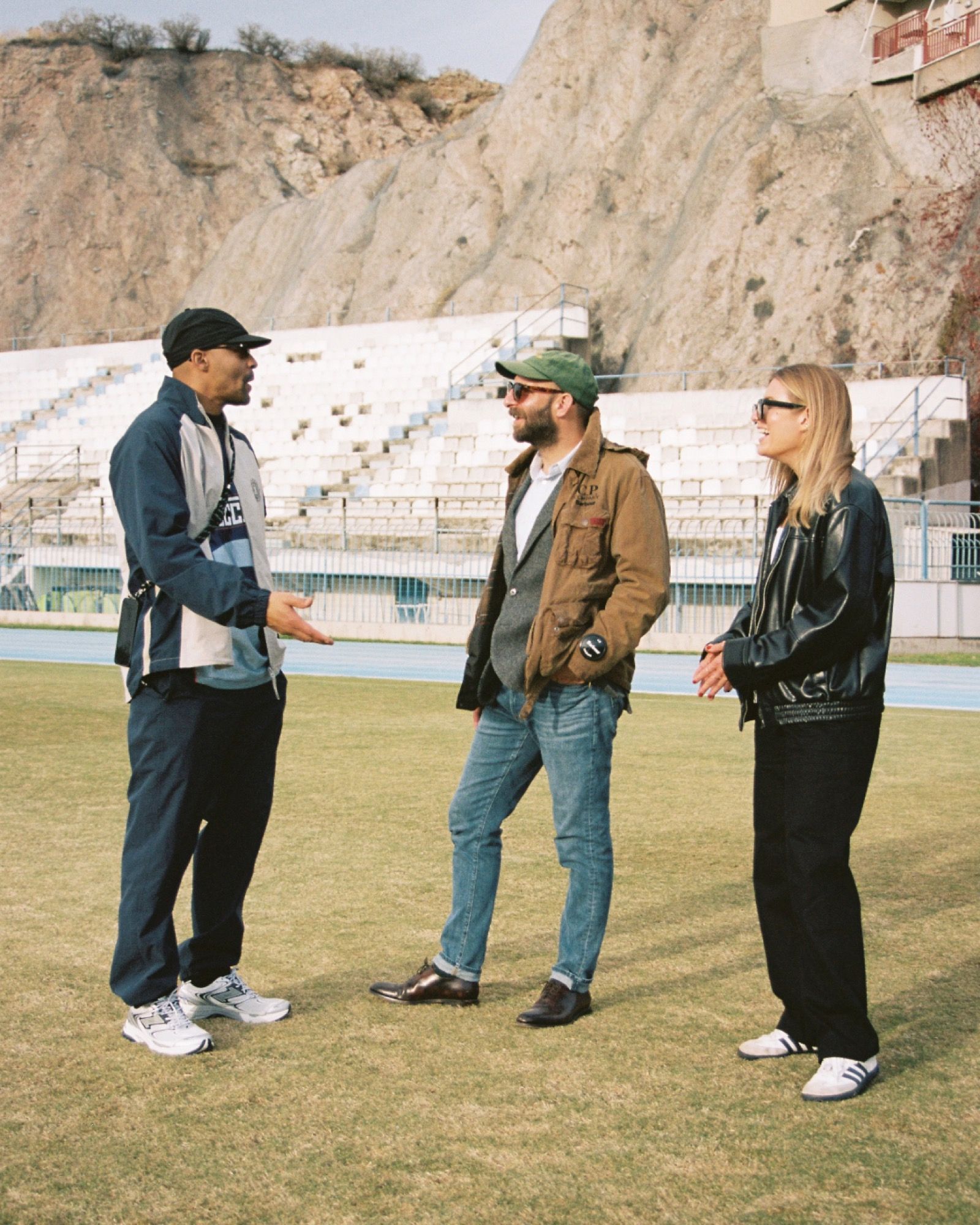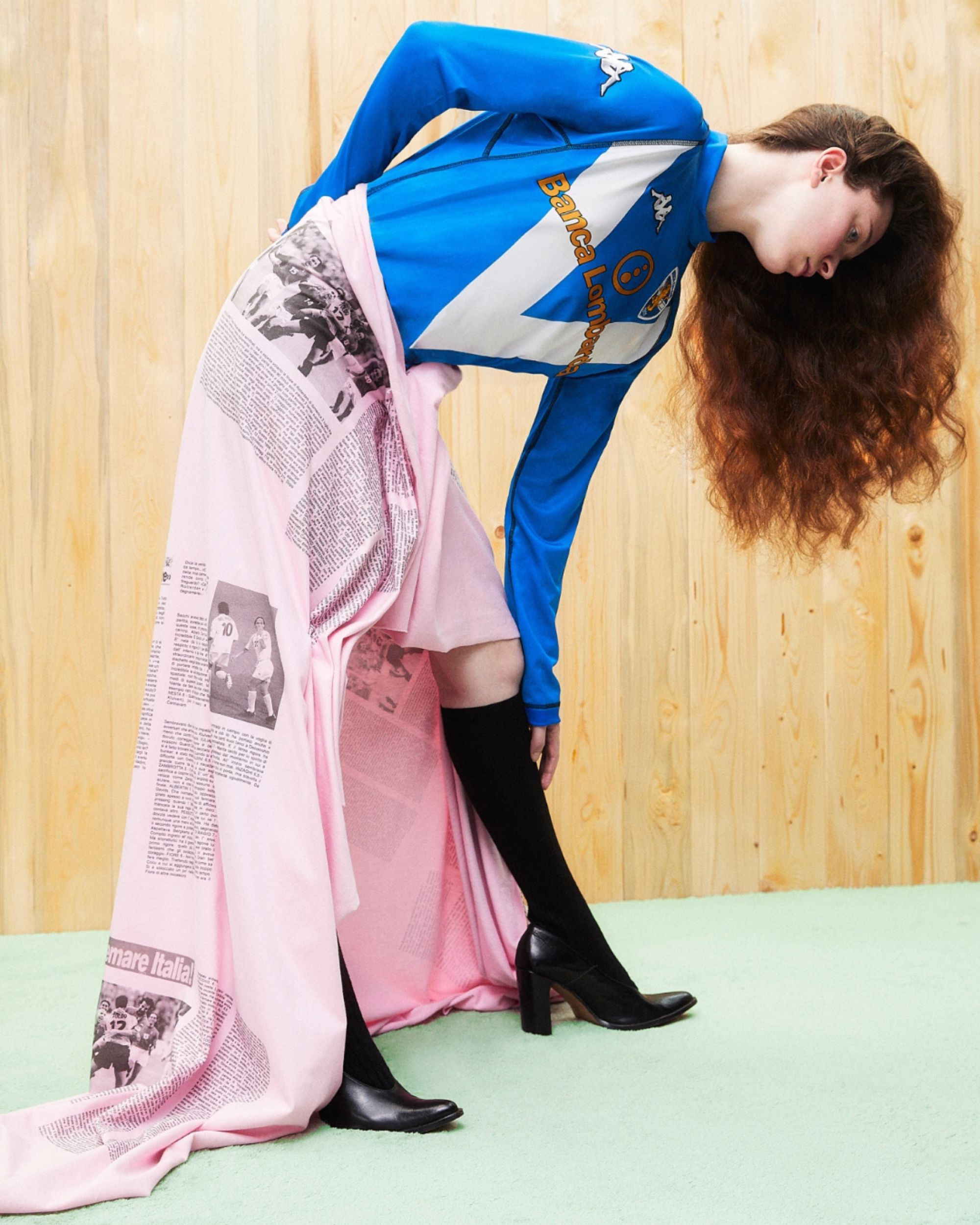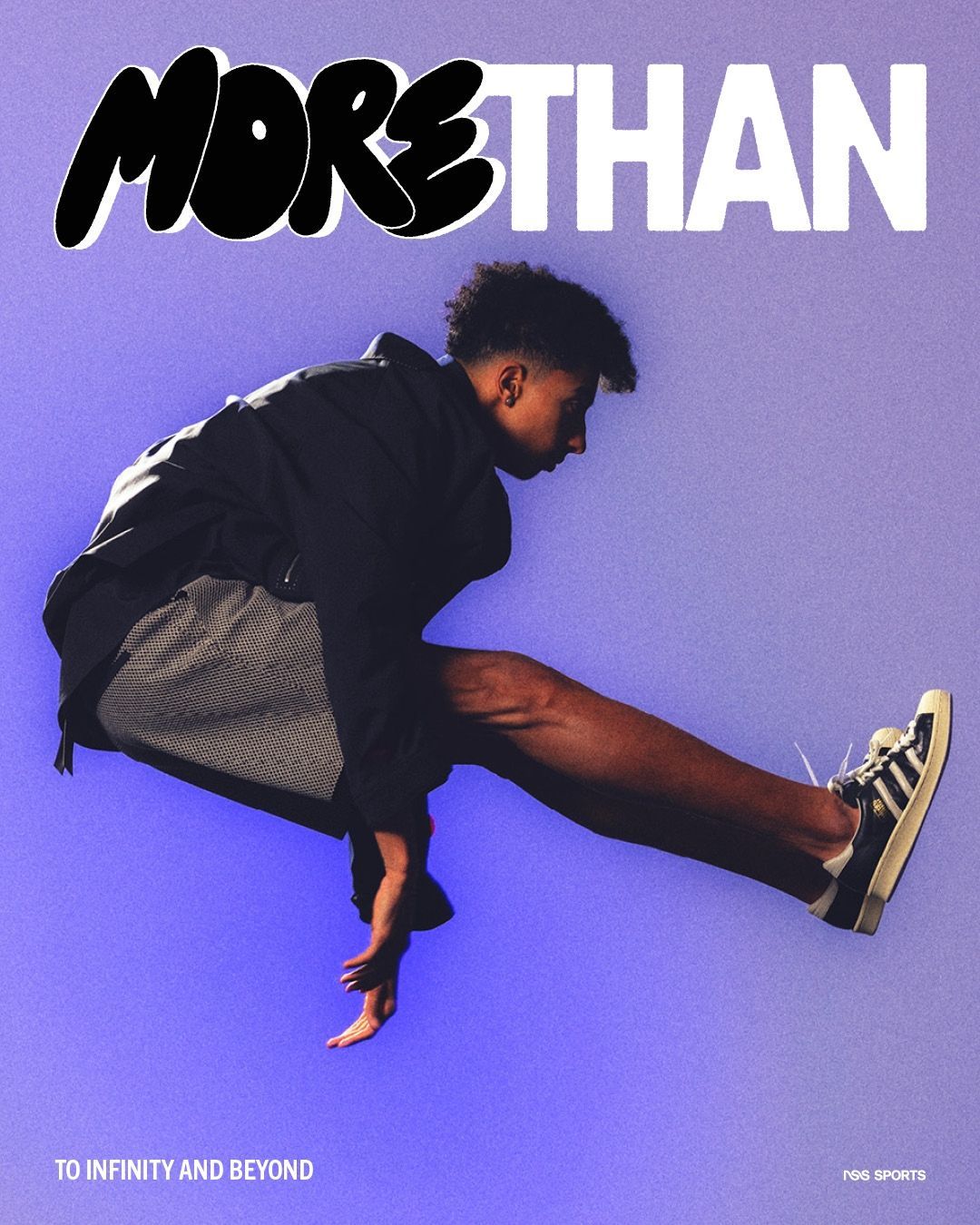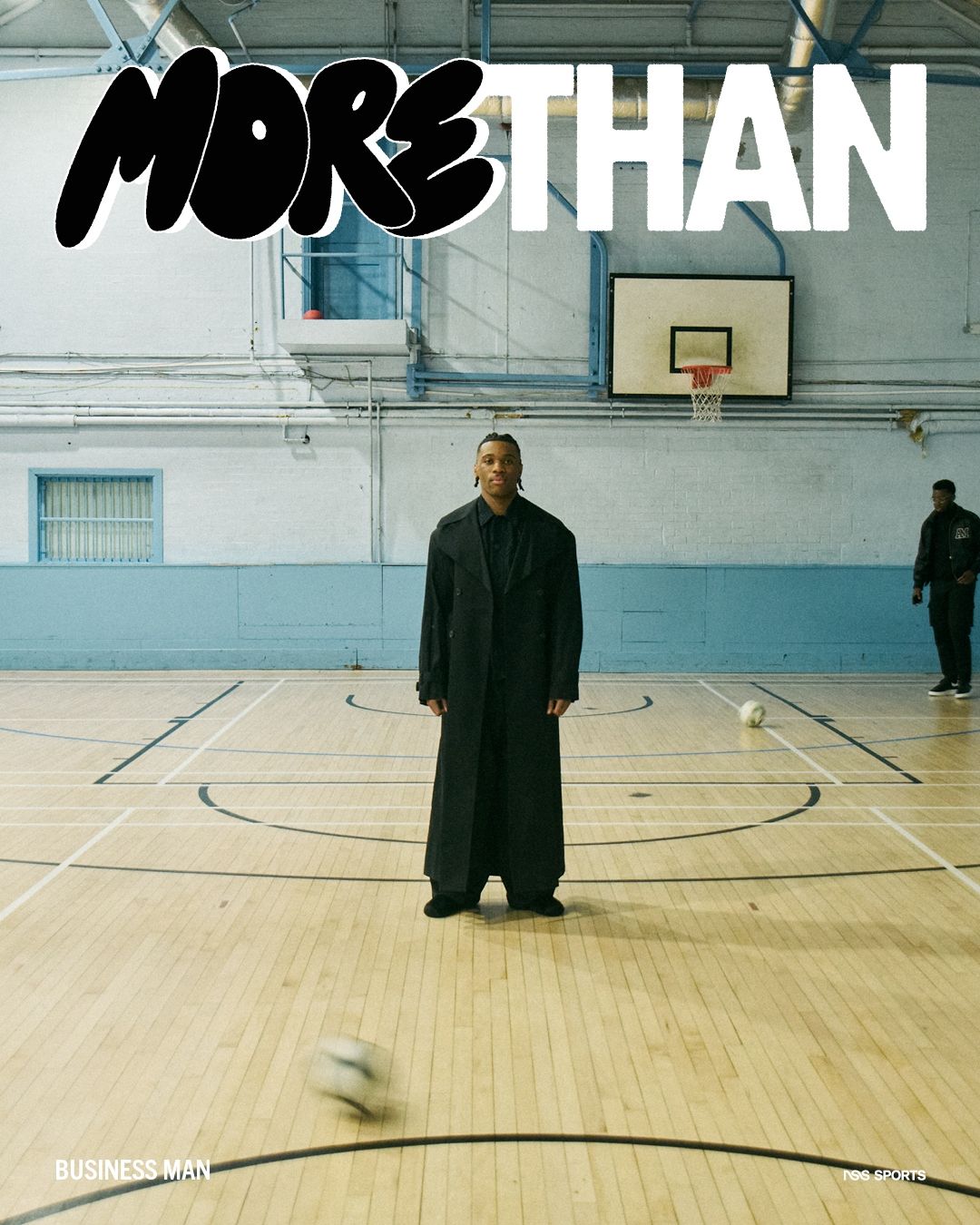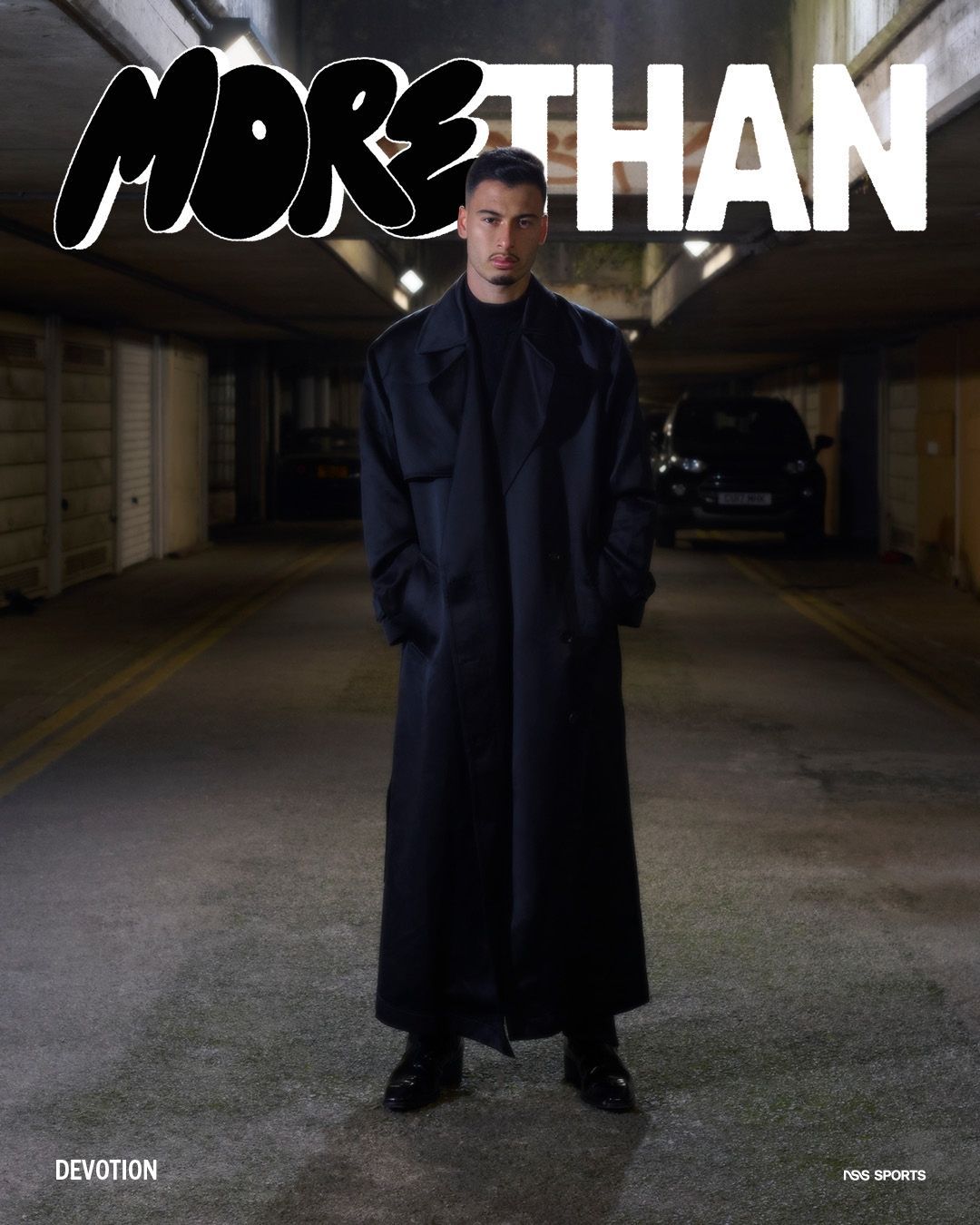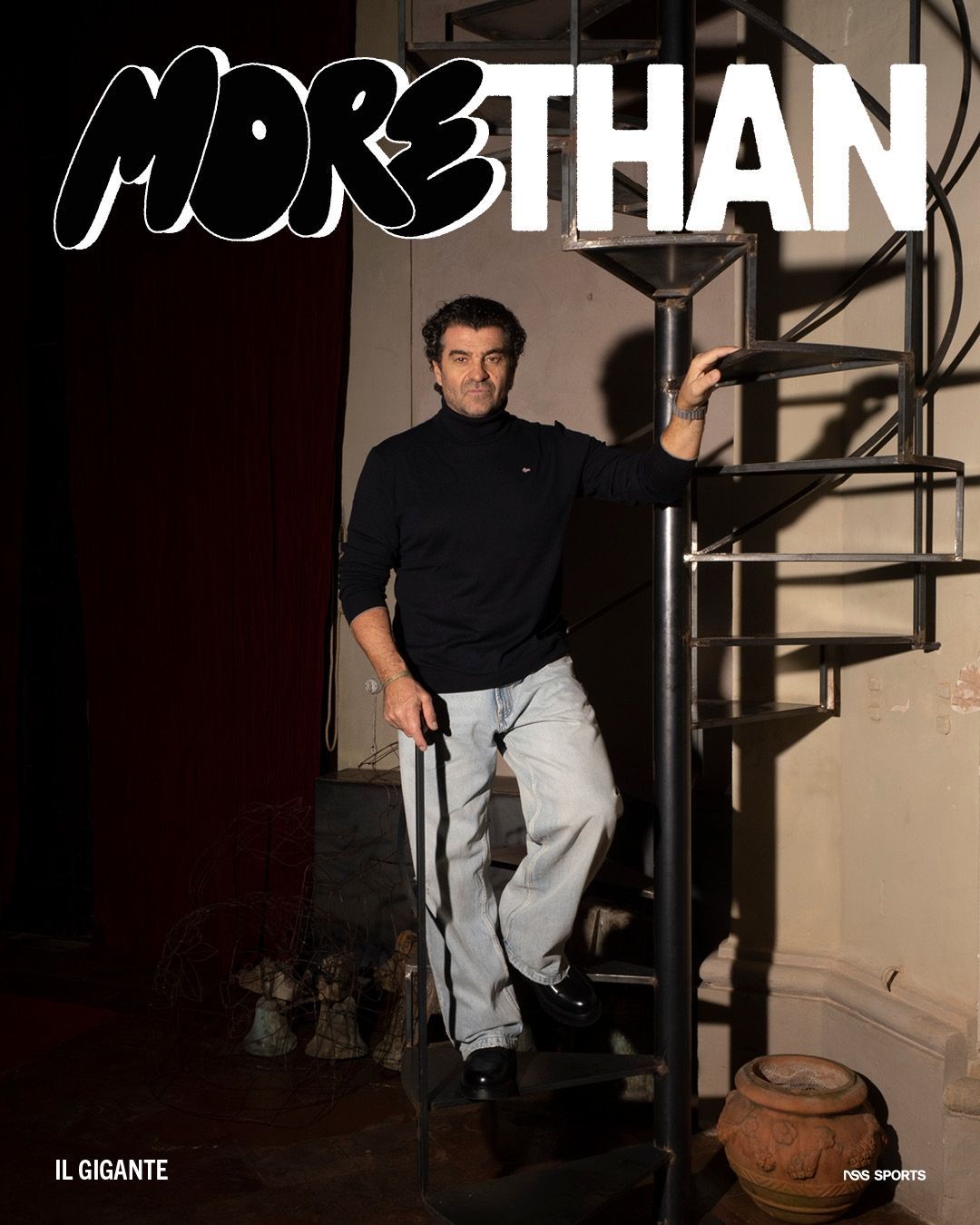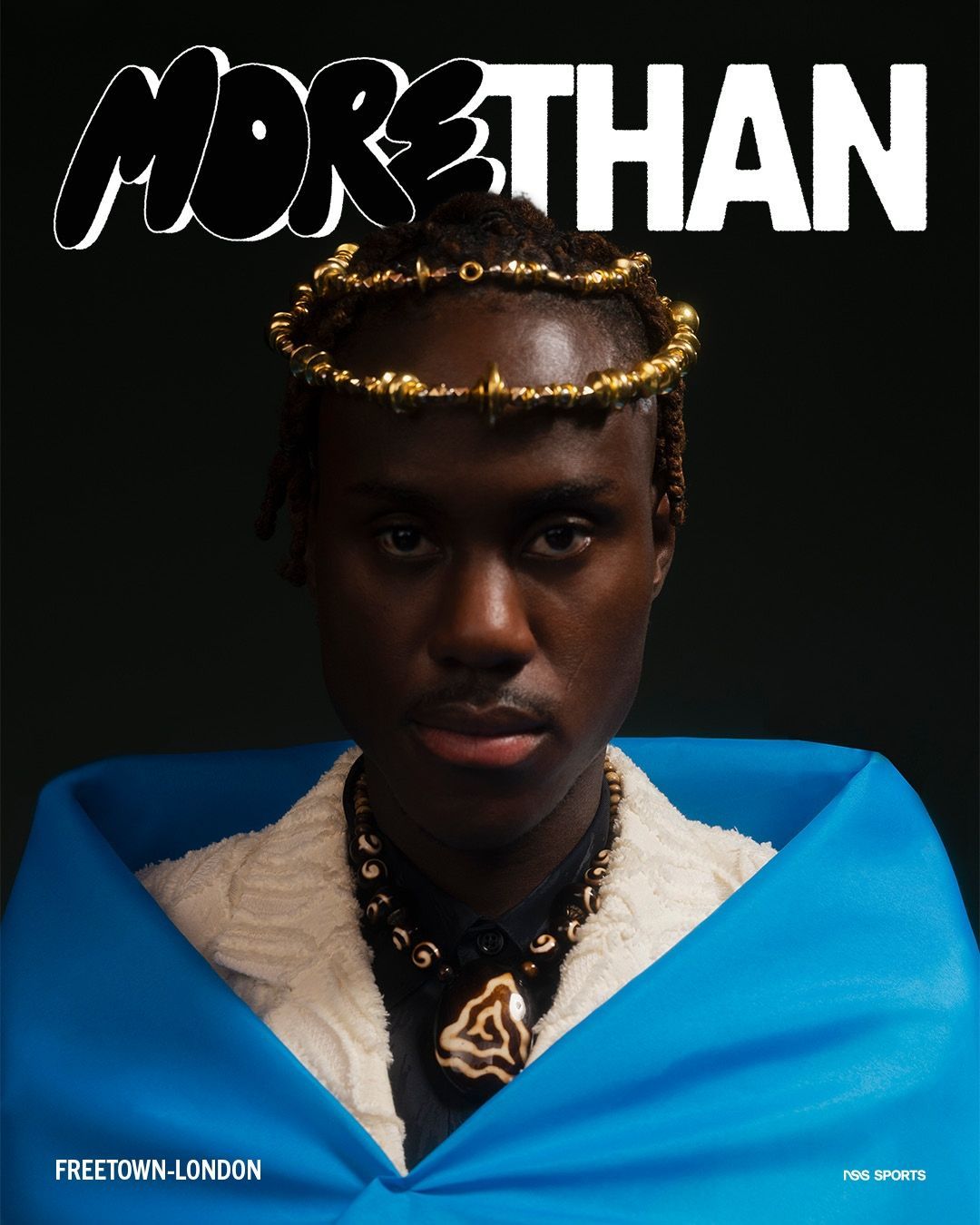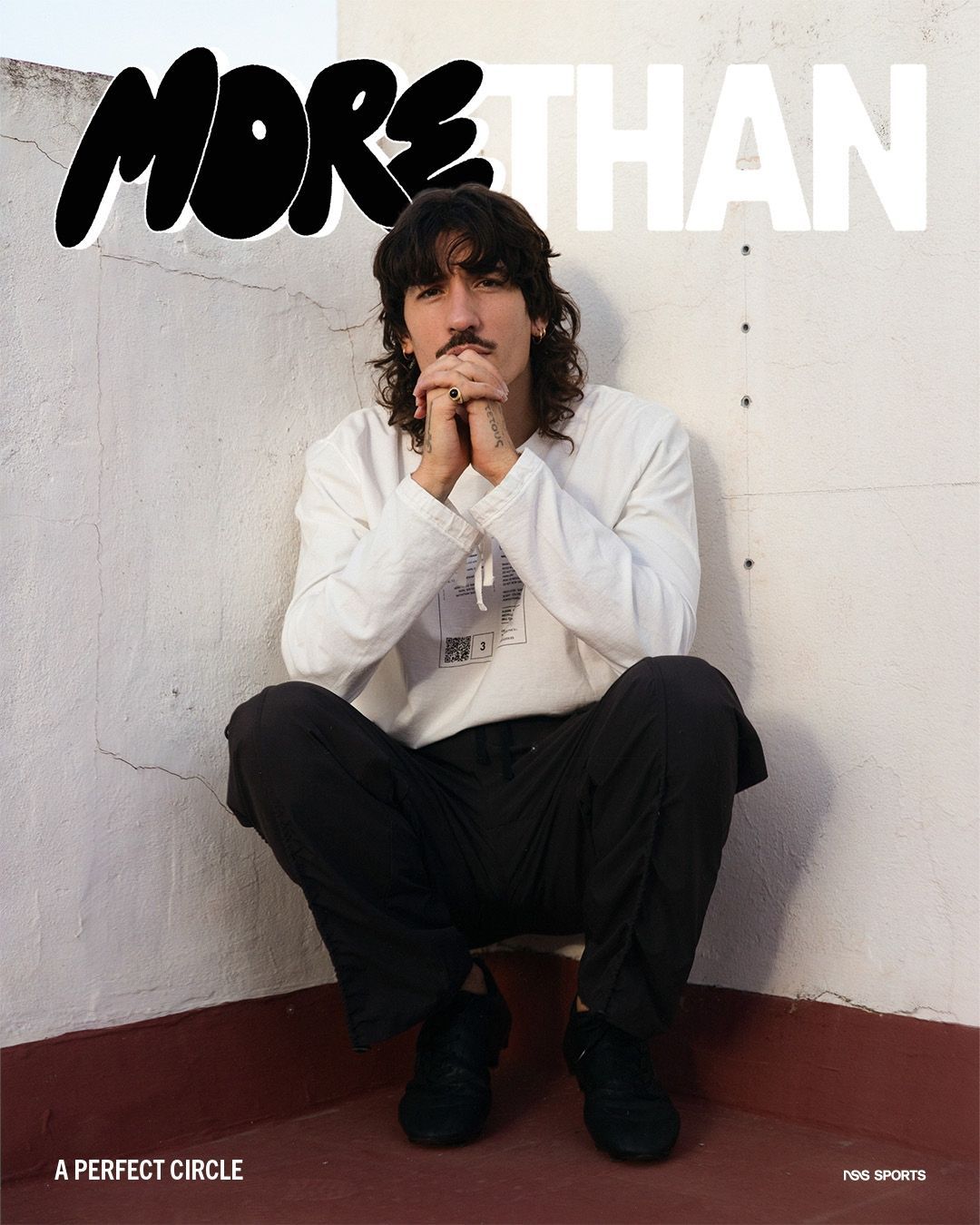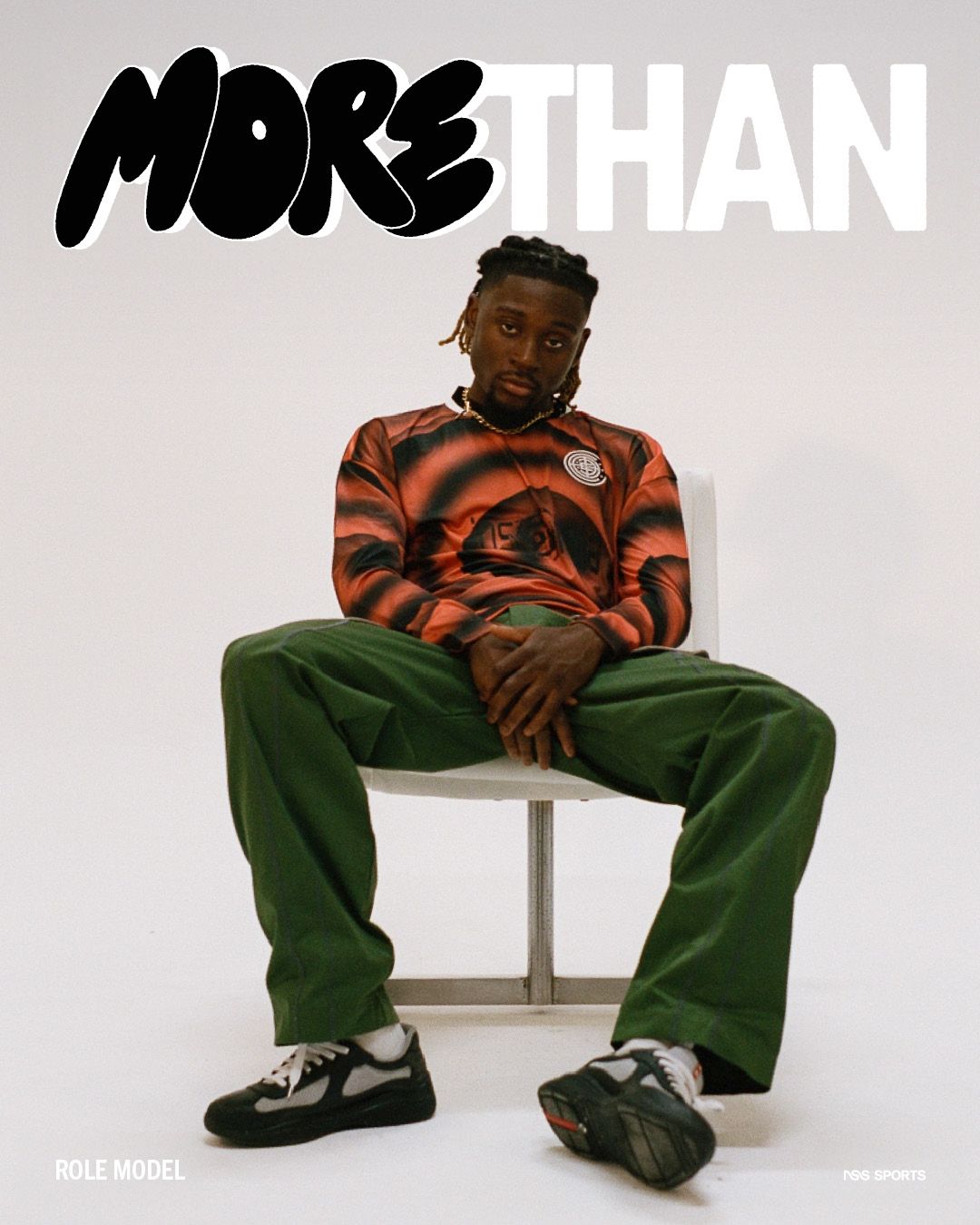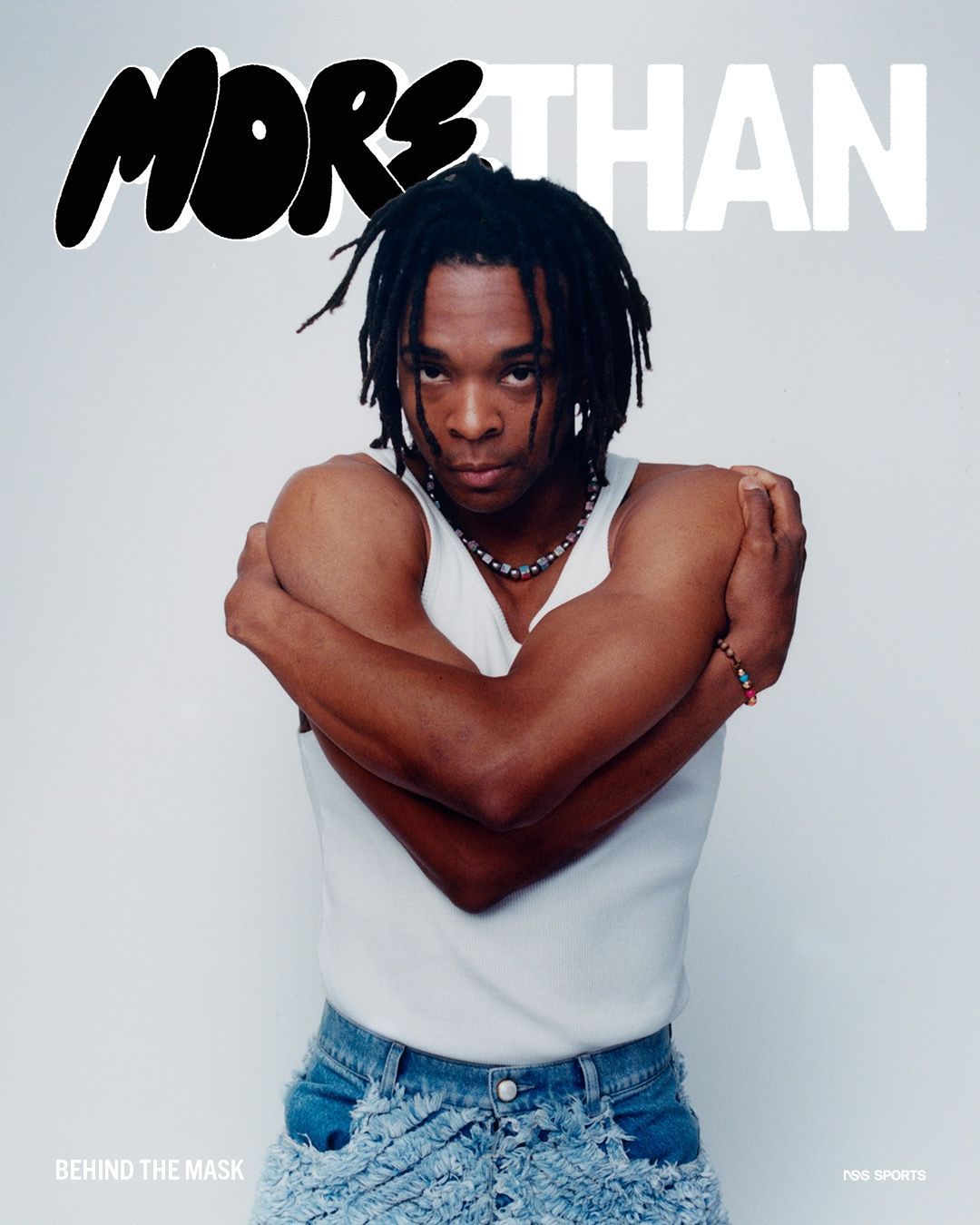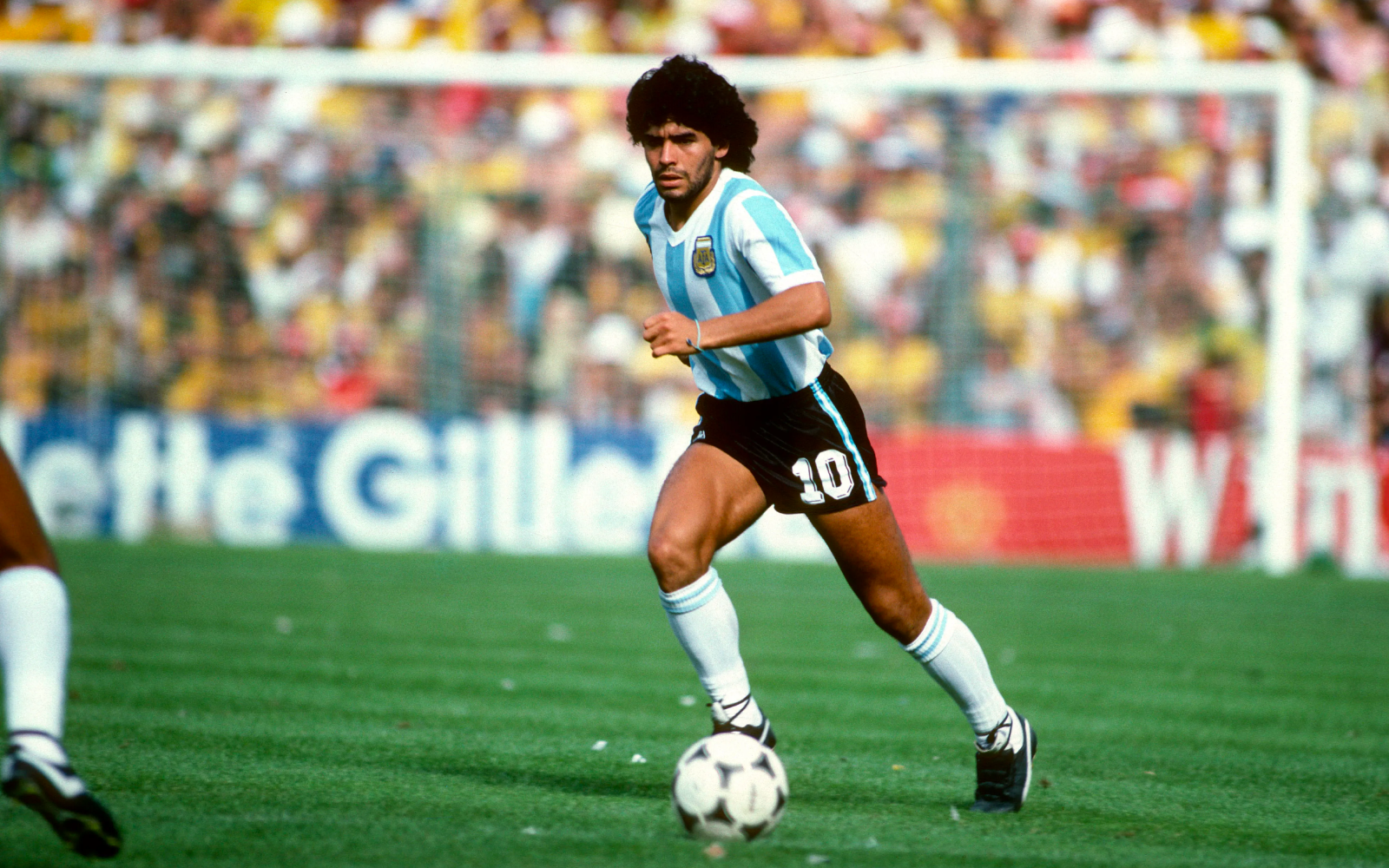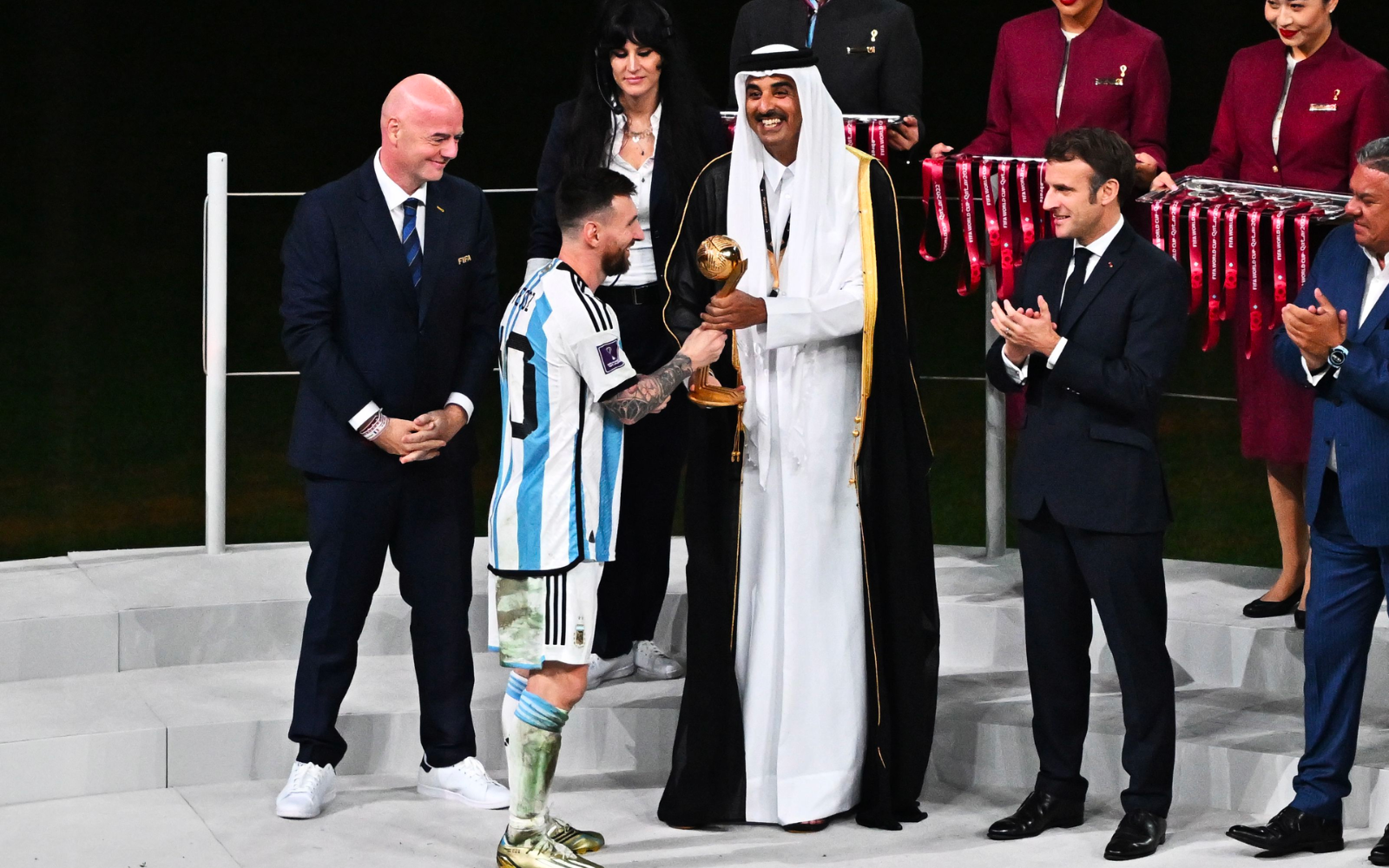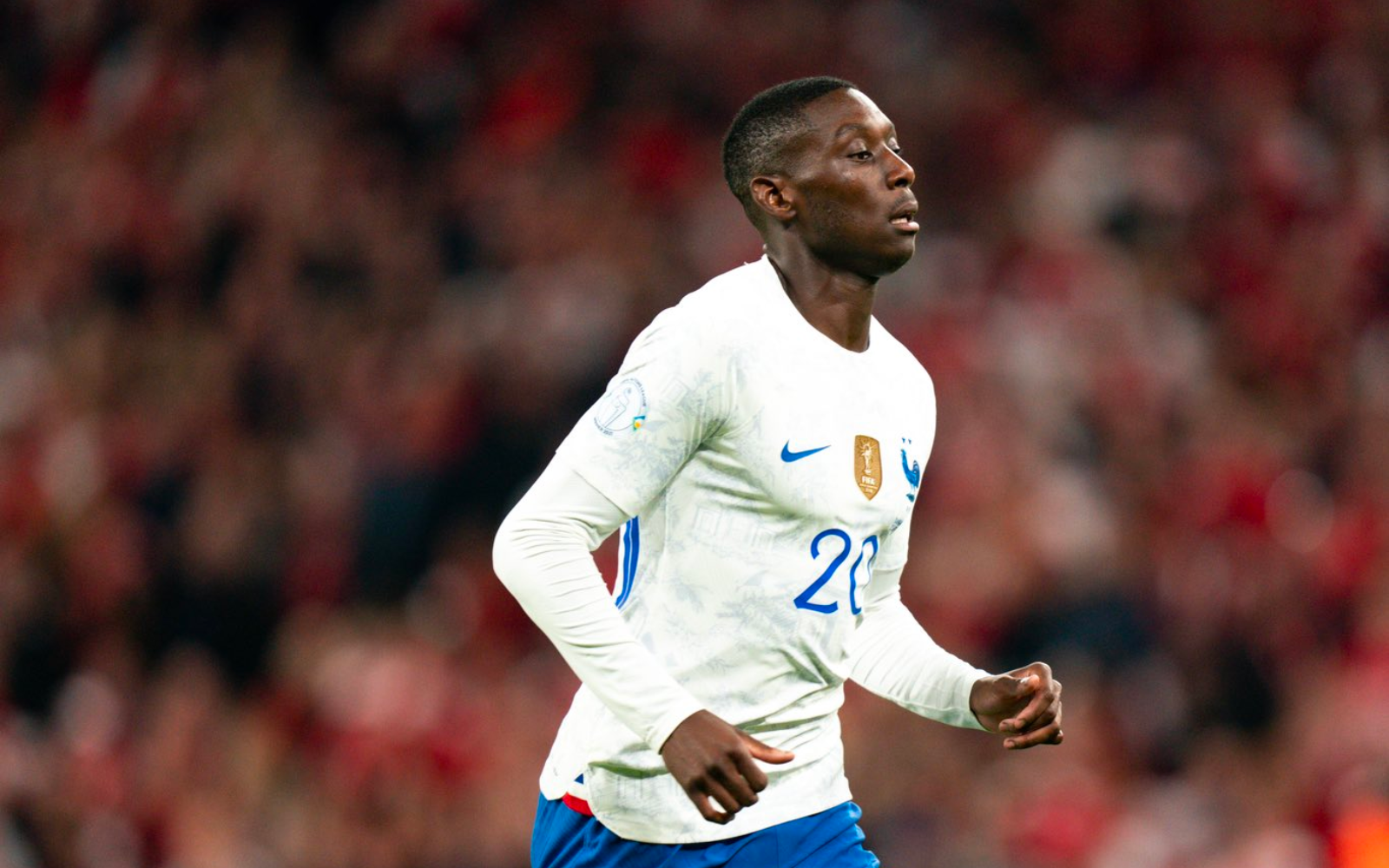
Football: A Game of Colour The colours not only distinguish the two opposing teams but are also representative of the language of football
Oscar Wilde once said that "mere colour, unspoiled by meaning, and unallied with definite form, can speak to the soul in a thousand different ways", and he is right. Colour is a welcome part of abstracta. Yet, perhaps to the dislike of Wilde, in football, colour is laced with meaning and allied to the core of almost every nation. Arguably, football is a sport unrivalled in its love of symbolism. Badges are the emblem and the colour of the kit on which they sit matters just as much. Taking the most contemporary display of meaningful colour as our example, we need to look over to Brazil. The Seleção Canarinho (Yellow Canaries) are inextricably linked to their national colours of yellow, blue and green. Arguably, there is no greater triptych of colours in football. The famous colours have adorned multiple iterations of the tournament and held aloft the trophy more than any other. That said, the increasingly polarised national politics within Brazil has generated an alternative narrative surrounding the meaning of their national colours.
In 2014, Germany toppled Argentina in the World Cup final, claiming their fourth world title. In the same year, millions of protestors had taken to the streets of Brazil, clad in the yellow national team shirt, demanding that the then left-wing President, Dilma Rousseff, be impeached. Four years later, Jair Bolsonaro opted to increase cohesion amongst his supporter base by encouraging them to wear either yellow or green jerseys. As part of his journey back to the top of Brazilian political life, Luna has worked on what he explains as a "reclamation" of the flag and national colours, attempting to build some semblance of harmony and national cohesion. Yet, supporters of Luna opt to wear the blue jersey.
Equally, the Qatar 2022 World Cup has witnessed what is deemed to be political messaging through colour, specifically through the Rainbow Laces Campaign which aims to promote visibility for the LGBTQ+ in sports. Stepping back onto the pitch, colour not only distinguishes between two opposing sides and the match officials, but colours are also the representatives of footballing code and language. The most obvious case in point is the card system. Unlike most other notions surrounding the significance of colour, in football, colour does not represent a mood, rather, it represents heritage, national identity, and unity for all teams involved. Additionally, a team's colours often represent the journey of their founding and the influences that aided them at the time. Take Barcelona for example, arguably the most emblematic club of them all alongside rivals Real Madrid. Their colours reportedly stem from either the Basel FC influence on Barcelona founder Joan Gamper or from Arthur Witty, an early player for the club who suggested they adorn the same colours as his local school team, Merchant Taylors School, in the north west of England. Both Atletico Madrid and Athletic Bilbao's iconic red stripes find their origins in Southampton, as Juan Elorduy took 50 kits back from England's south coast to Bilbao, opting for the Southampton colours before sending the leftovers to what has now become Atletico Madrid.
Colours can be advantageous, a strategic skill. Toby Tan from the Erasmus University Rotterdam conducted an extensive study into the psychology of colour in football, concluding that teams who play in red have a greater chance of scoring goals and winning games. Looking at the history of Manchester United, this may very well be true. Returning to Barcelona, the club have been under fire repeatedly for their fluorescent kits, with some suggesting that it aids on-pitch visibility by three times the average, although this seems ironically unclear given the brightness of the kits over the last decade. In keeping with the advantageousness of colours, the World Cup surprise package Japan represents themselves on the pitch in a blue kit despite their national flag consisting of two colours, red and white. This stems from Japan's historic victory over Sweden in the 1936 World Cup, in which the side impressively won 3-2 and claimed the blue kit as an amulet of luck. The colours have remained key to Japanese sports since.
Yet, there is one nation which understands the meaning of colour greater than any other, Italy. In Italian football, colour is synonymous with feeling and mood. Taking AC Milan as an example, the black on their shirt is representative of their opponents' fear whilst the red symbolises passion. Lazio's colours harken back to the founding nation of the Olympics, Greece, whilst the Napoli blue aims to reflect the azure of the Gulf of Naples.
The World Cup is a festival of colour, a coming together of nations in celebration of sporting excellence and desire. This is a World Cup like no other, for many reasons. That said, the dashes of colour we see, wrapped in history, carry perhaps more weight and meaning than ever.





